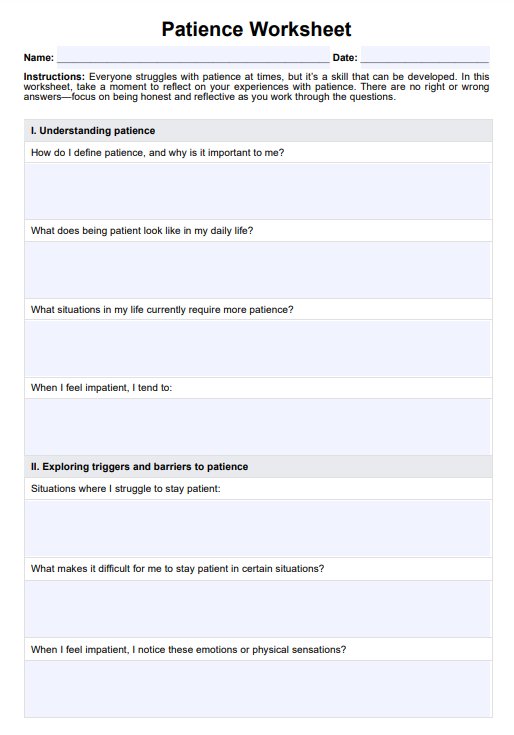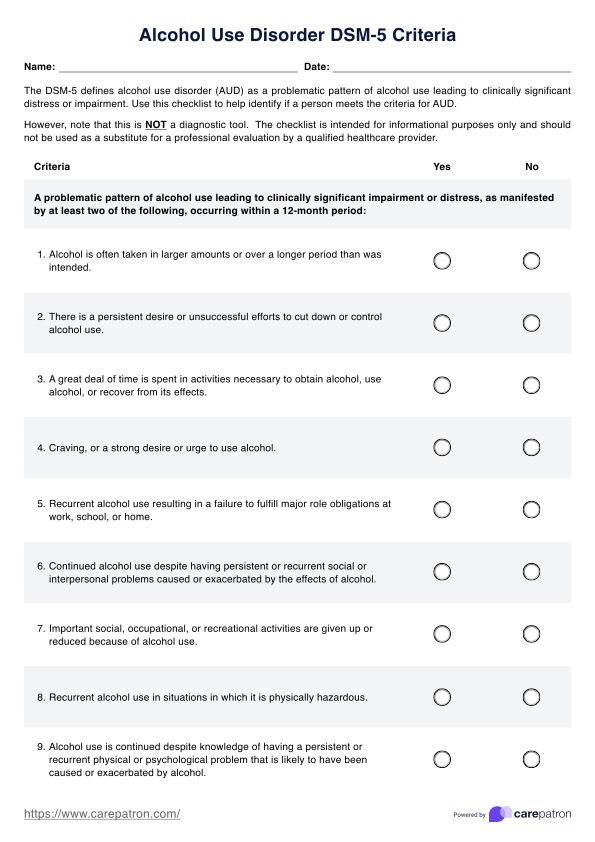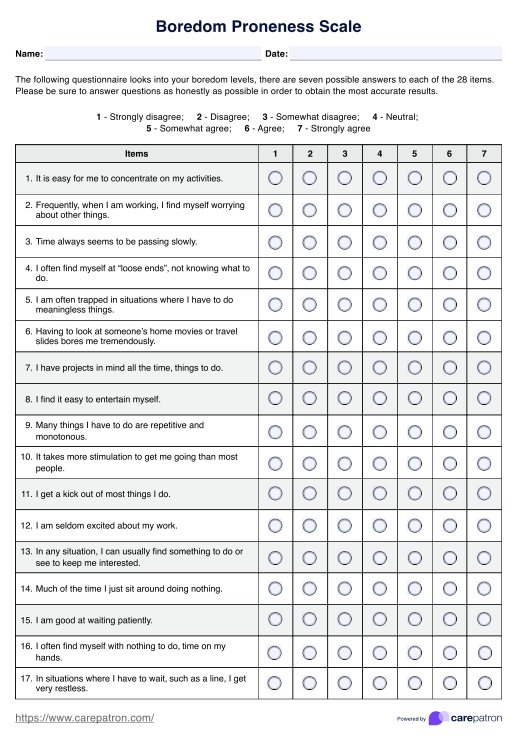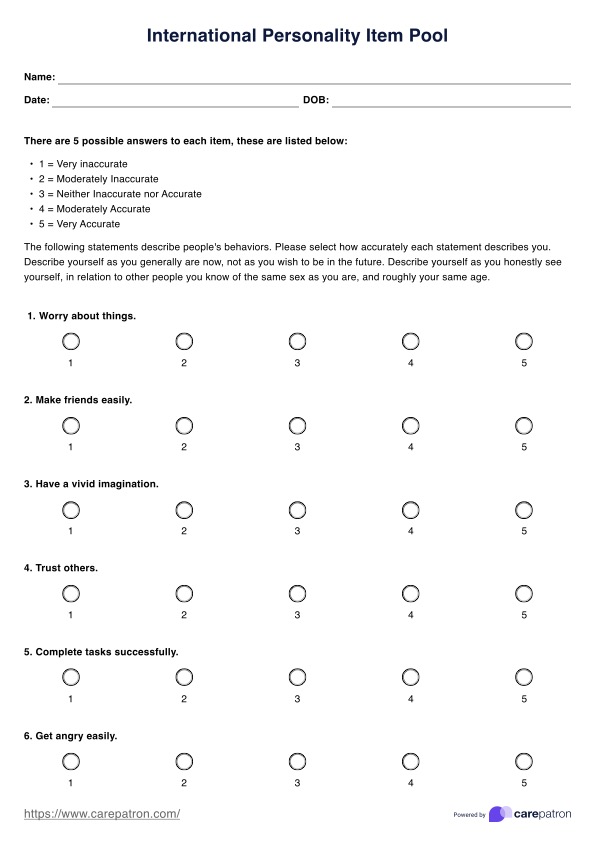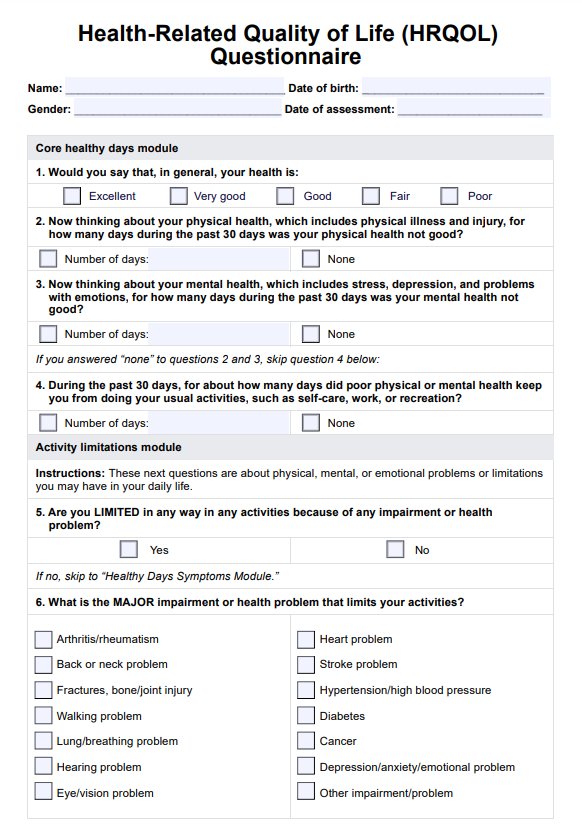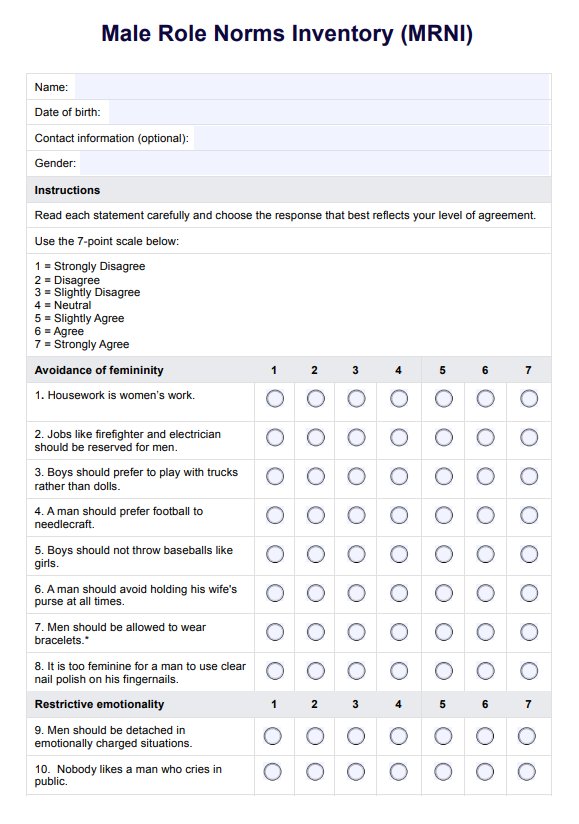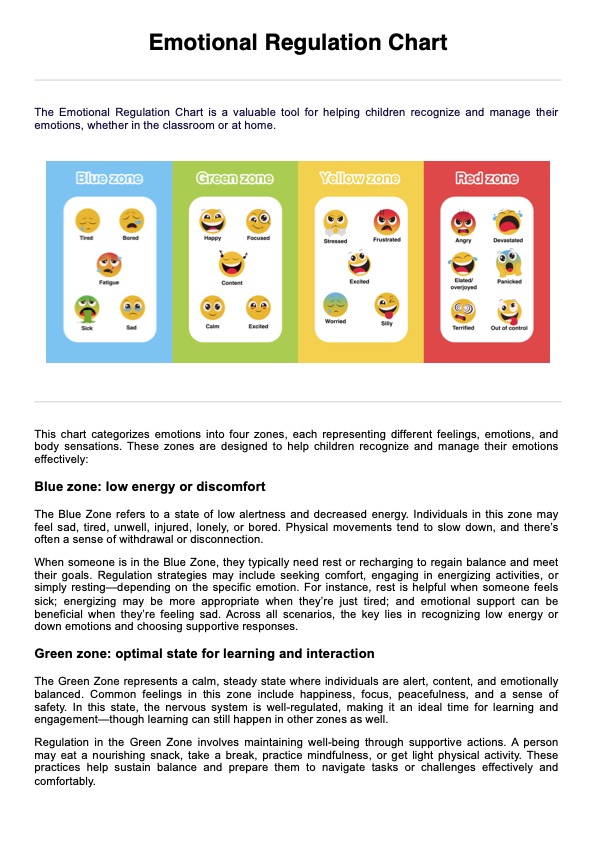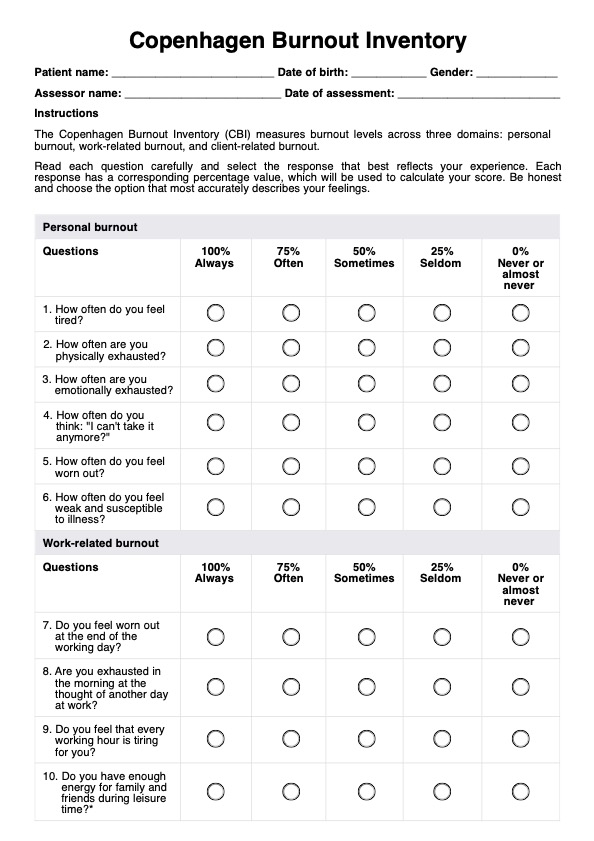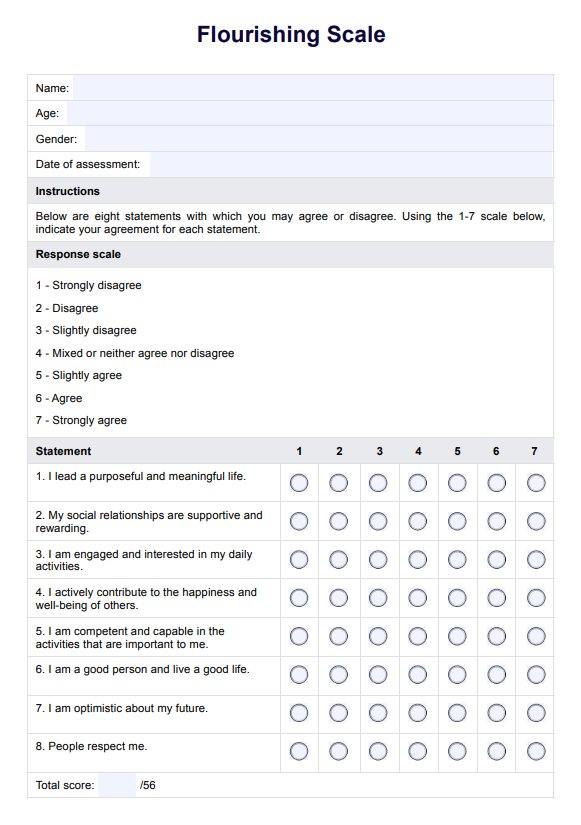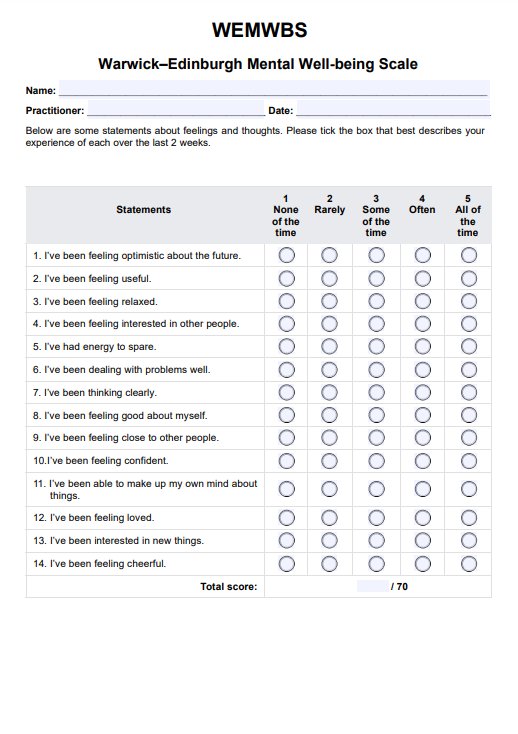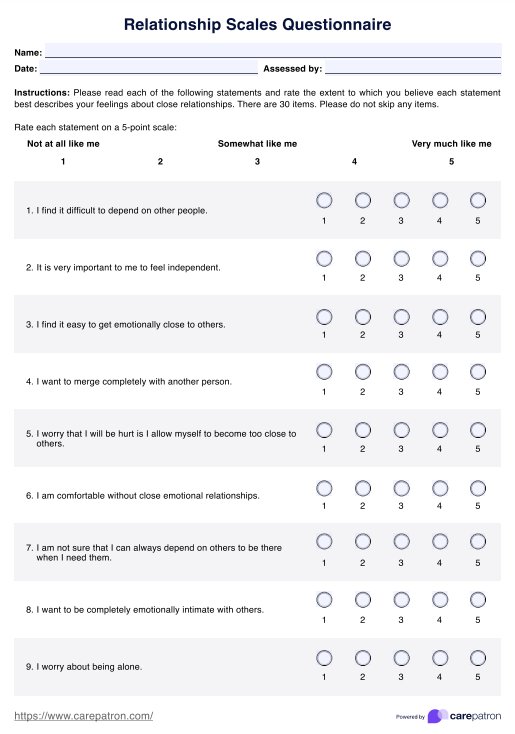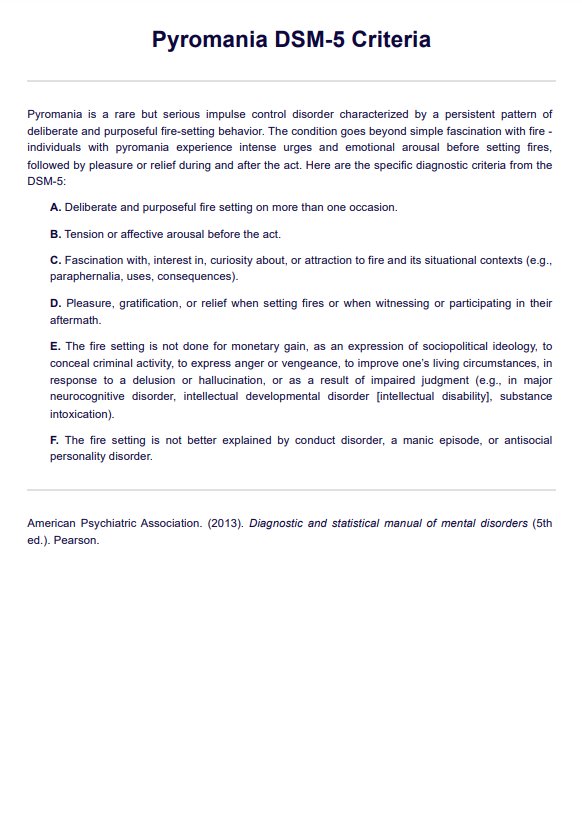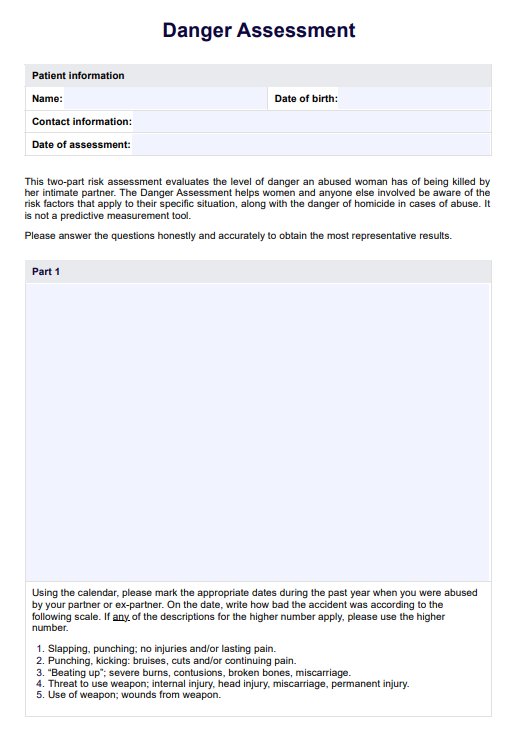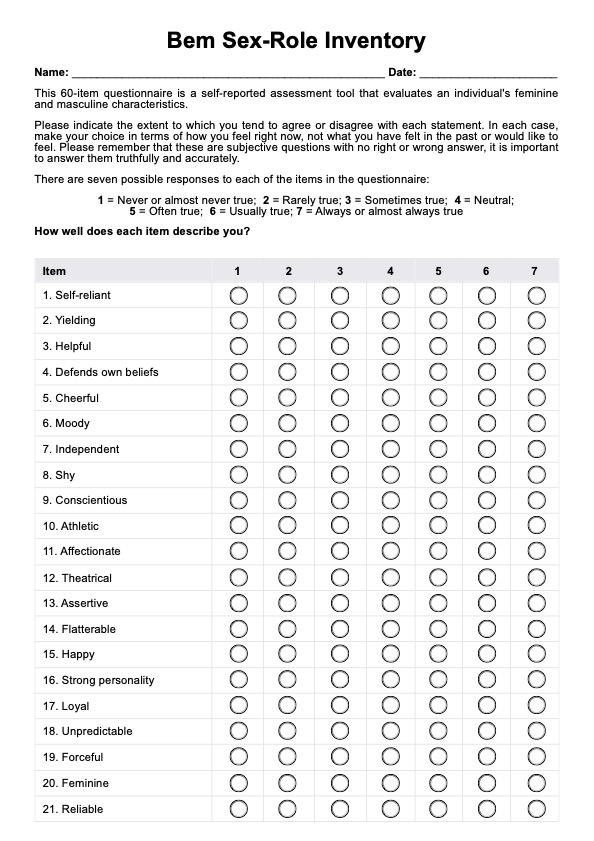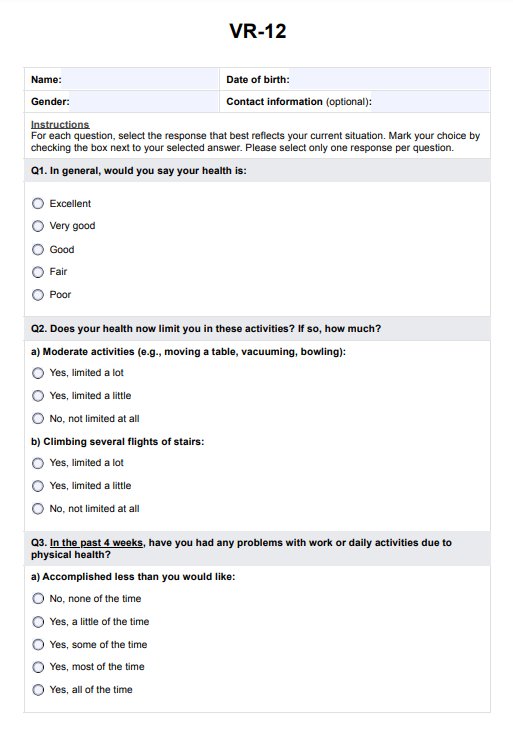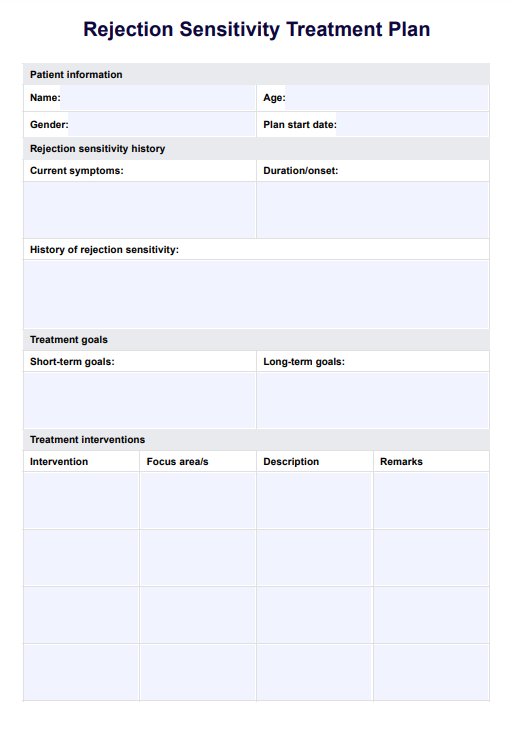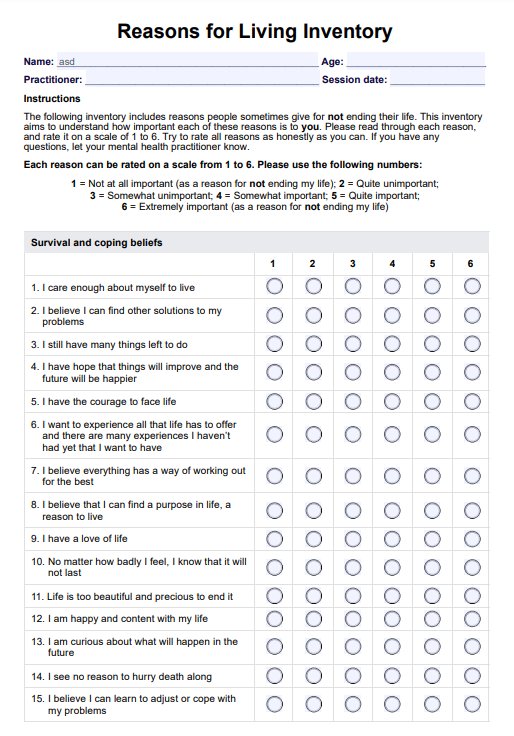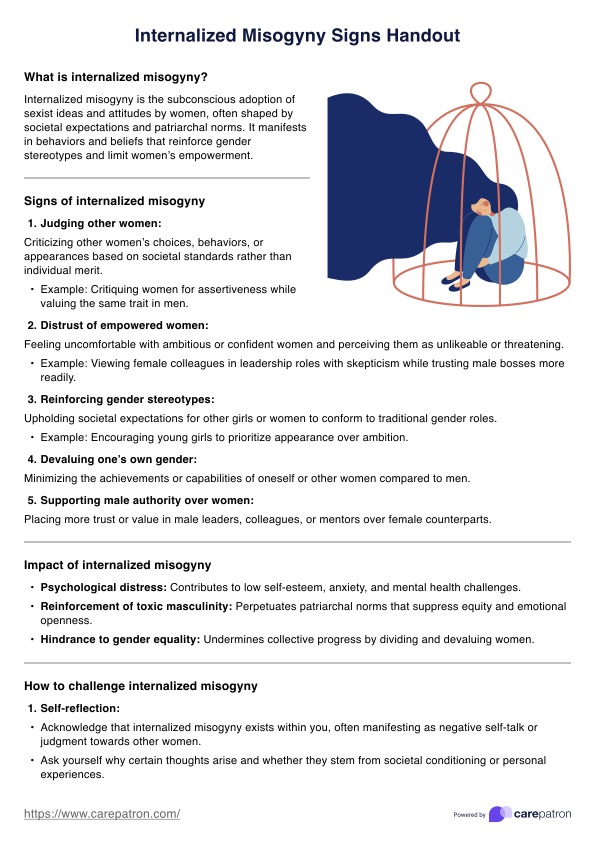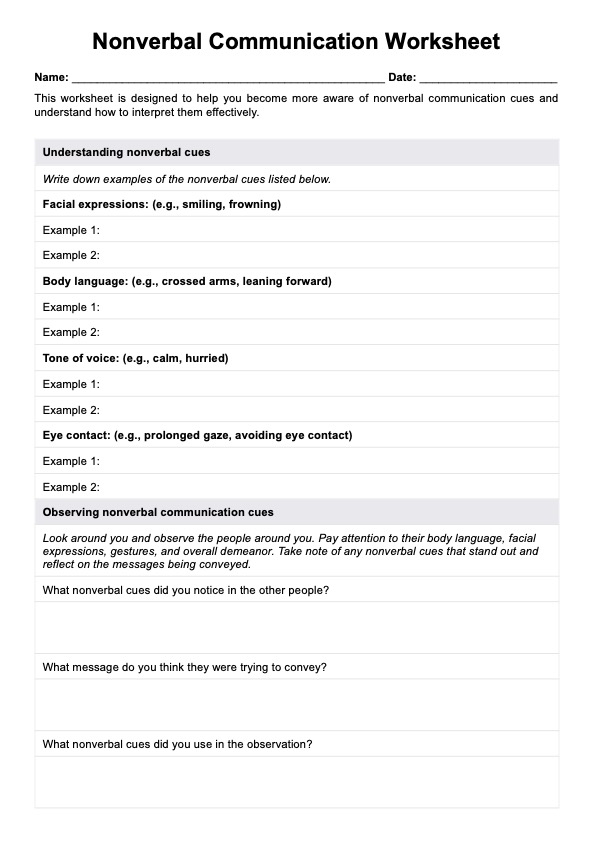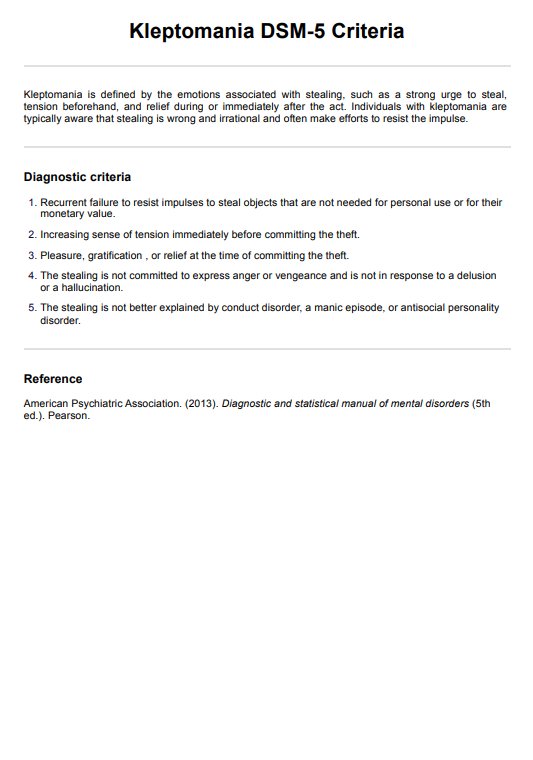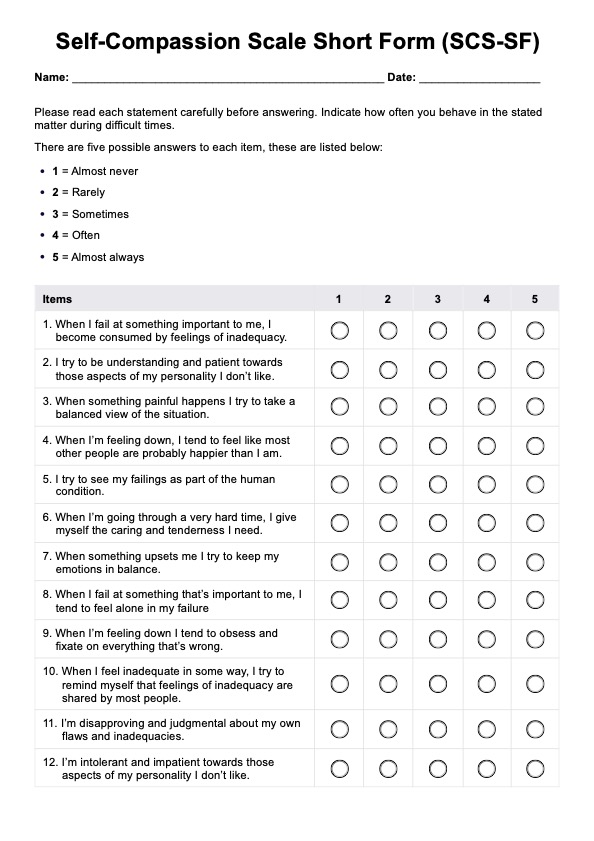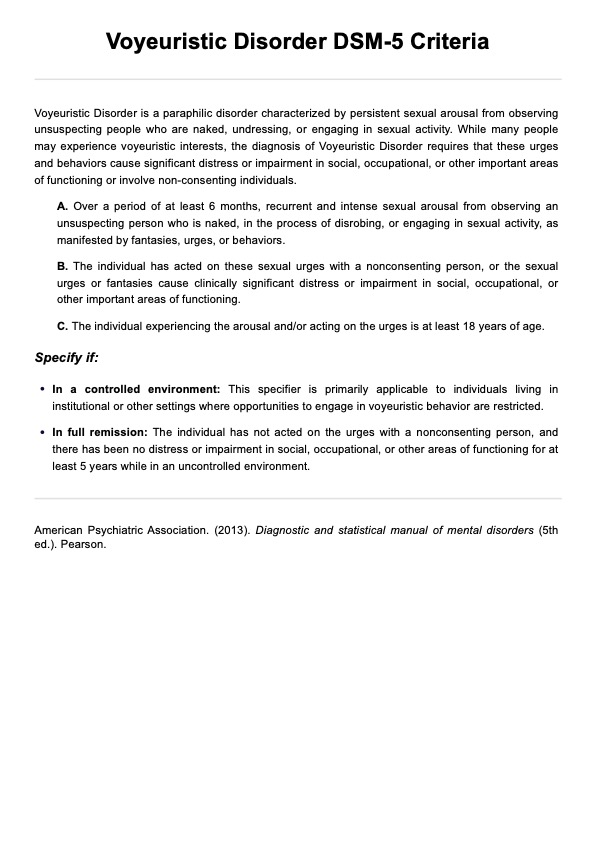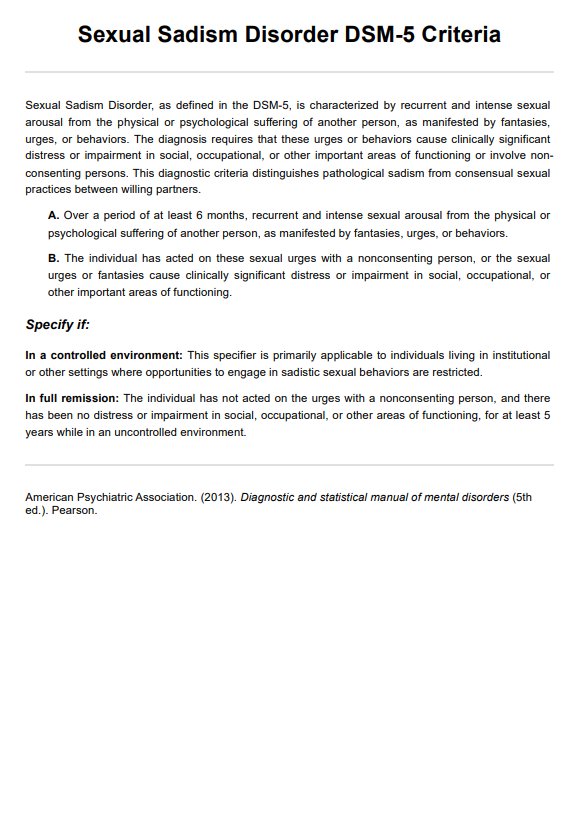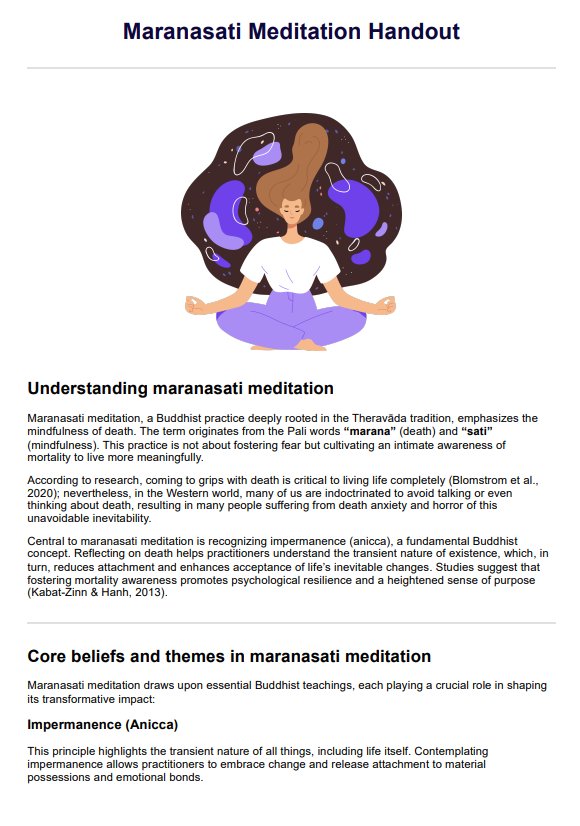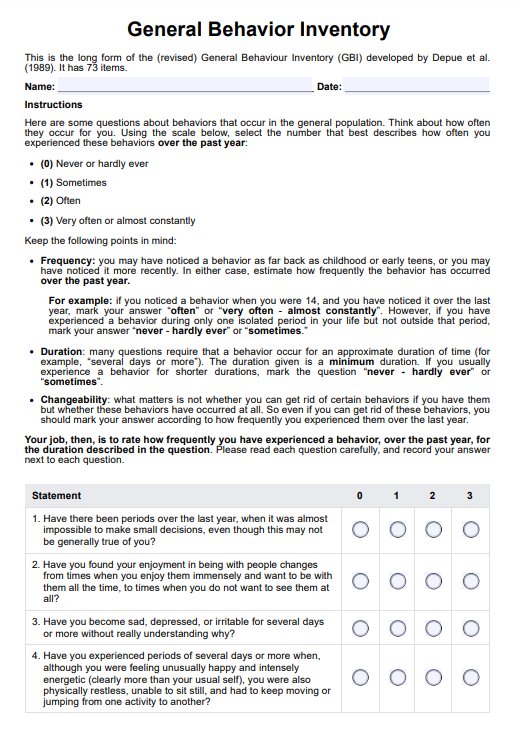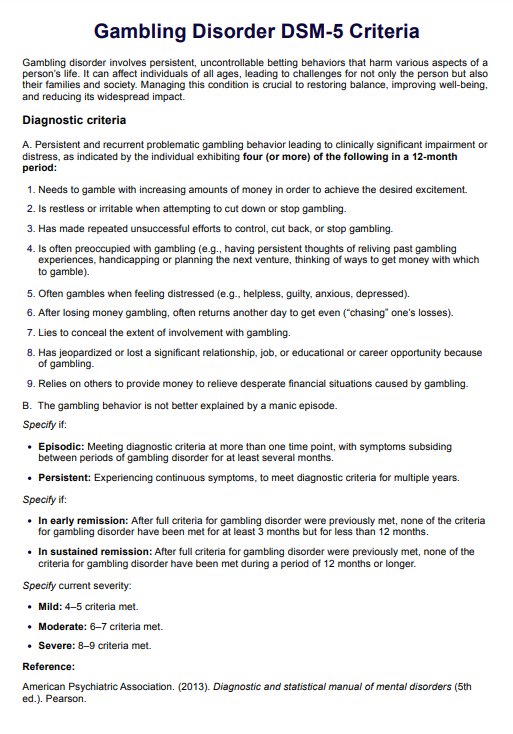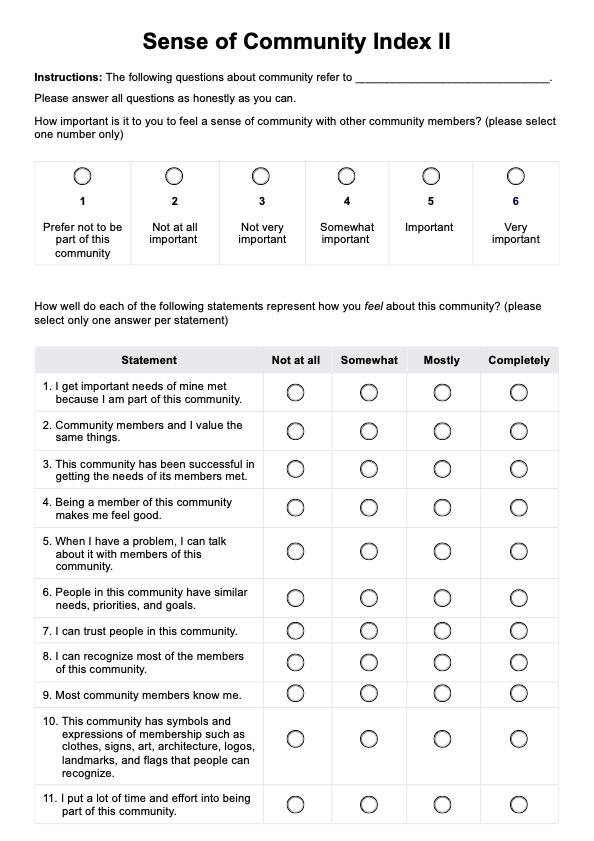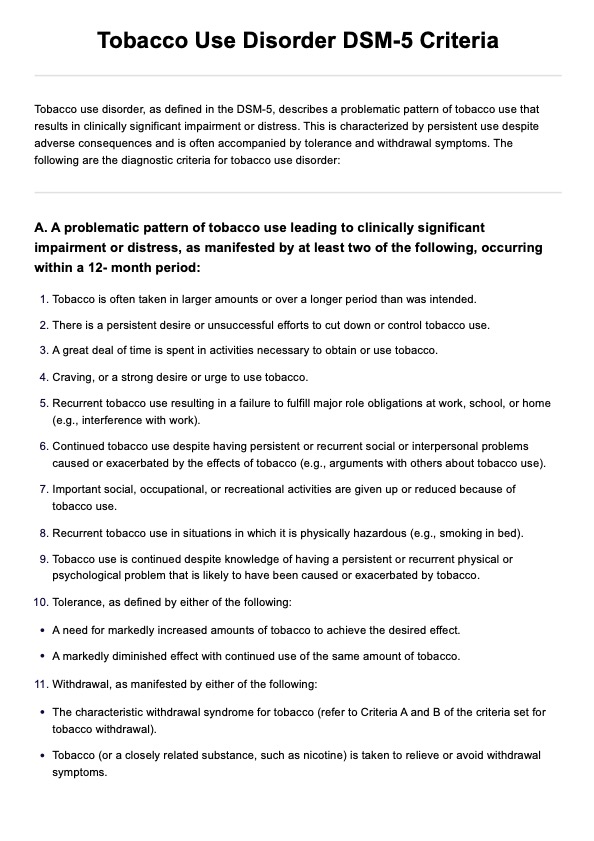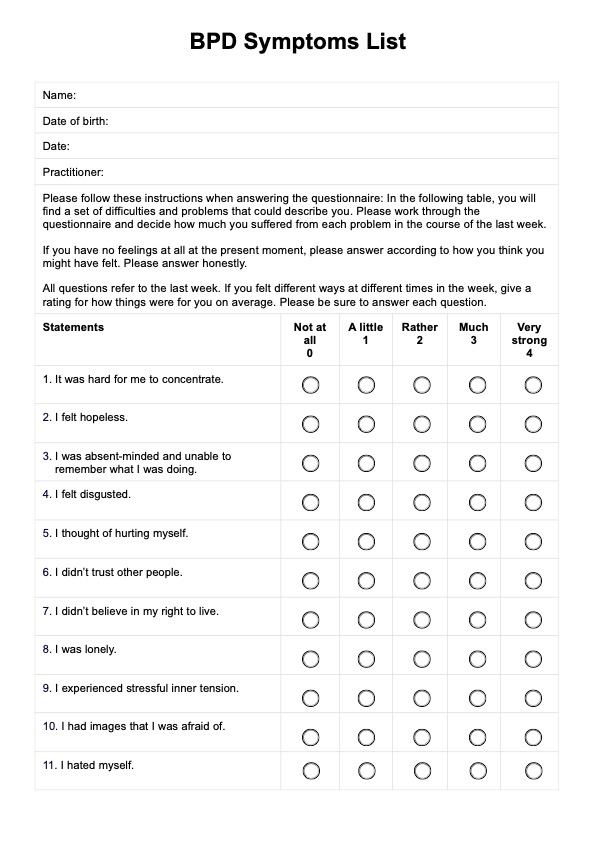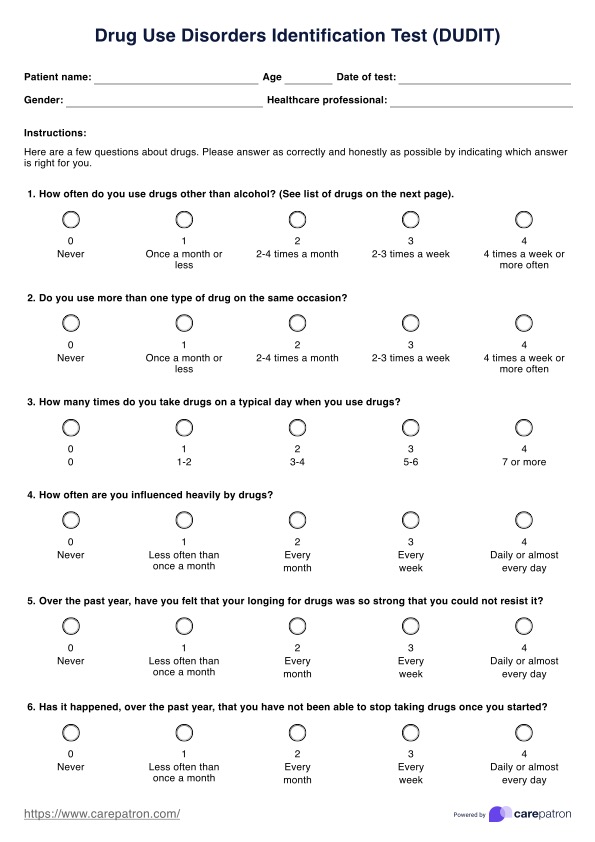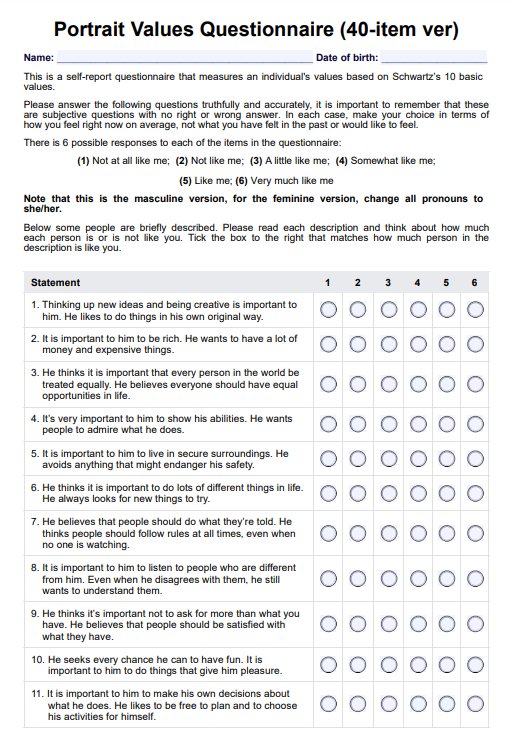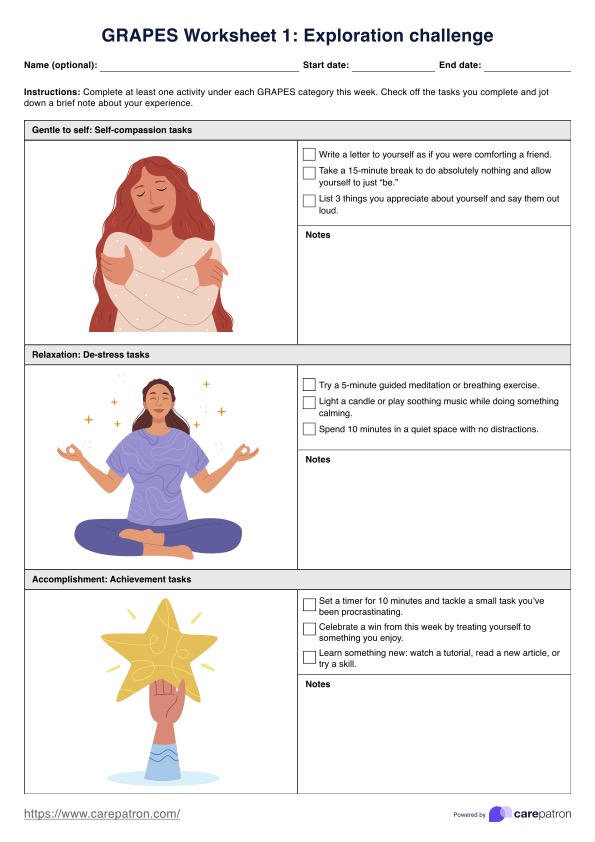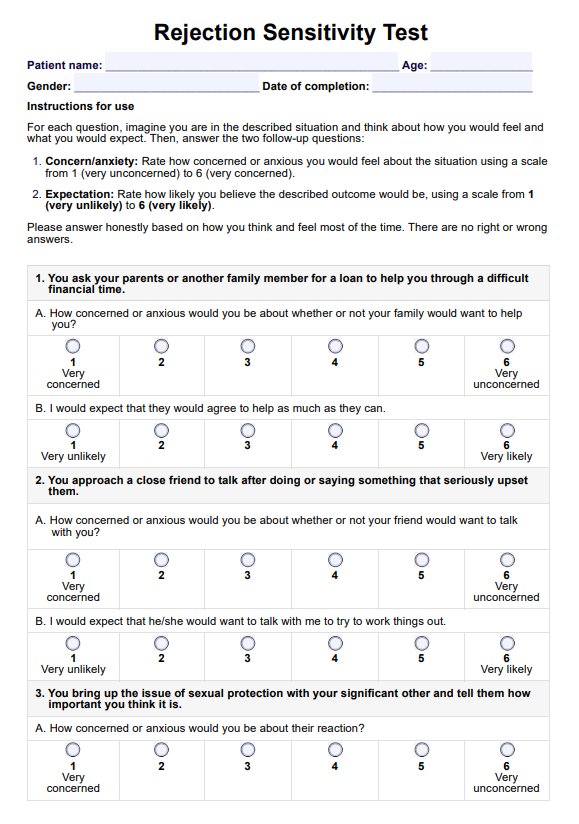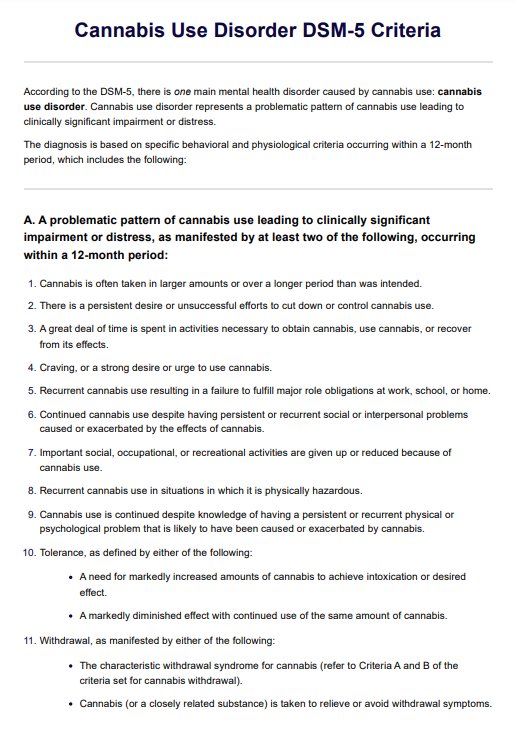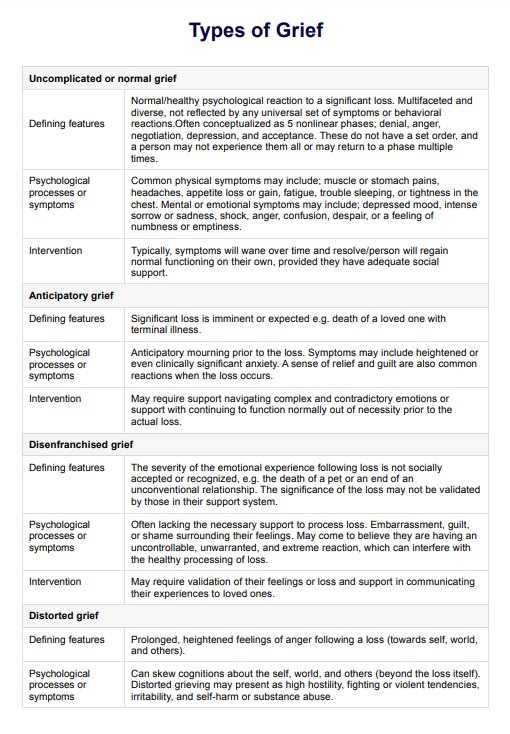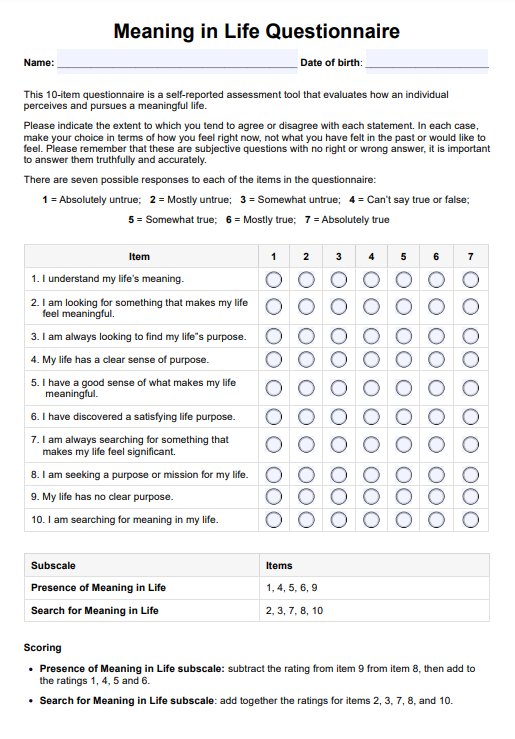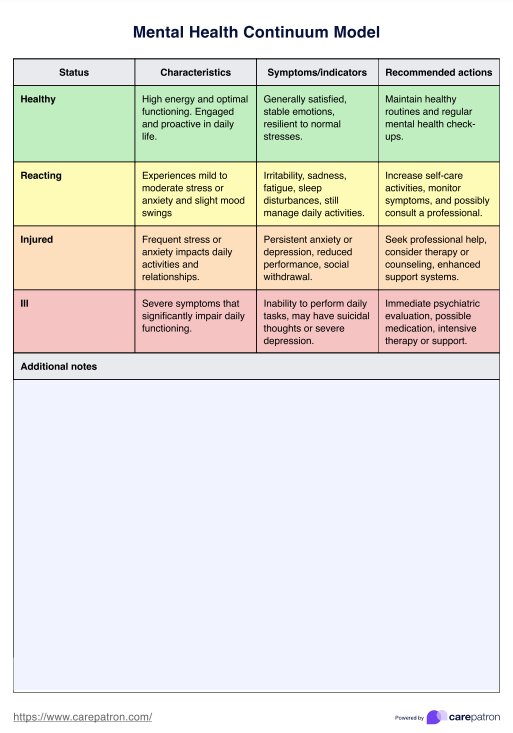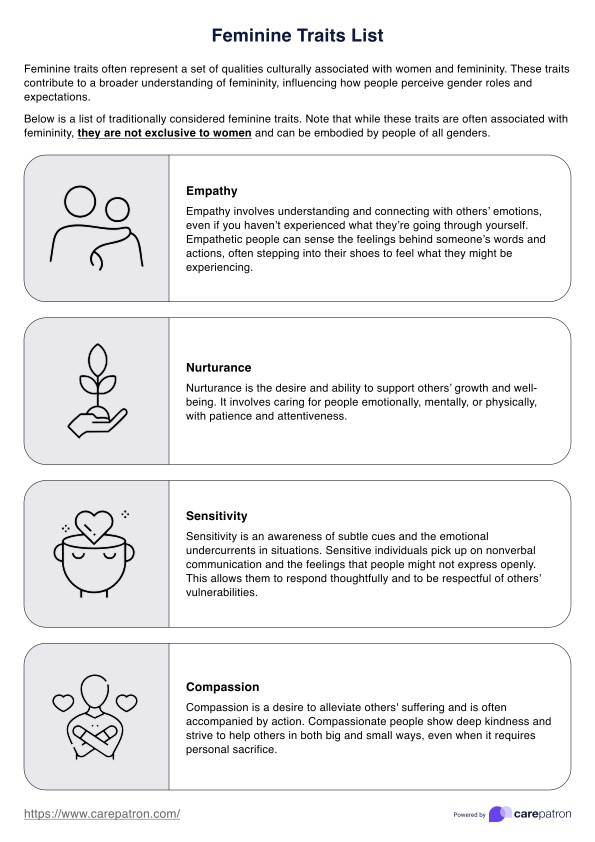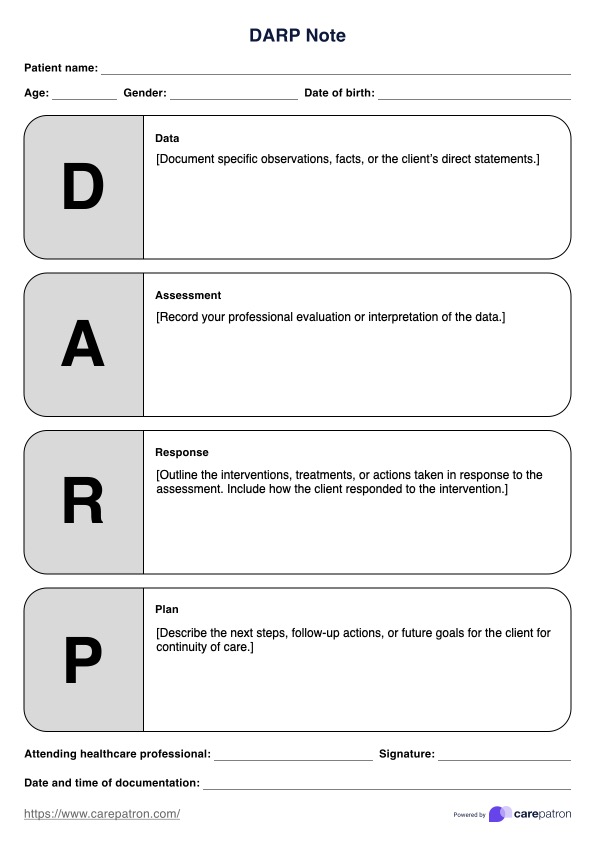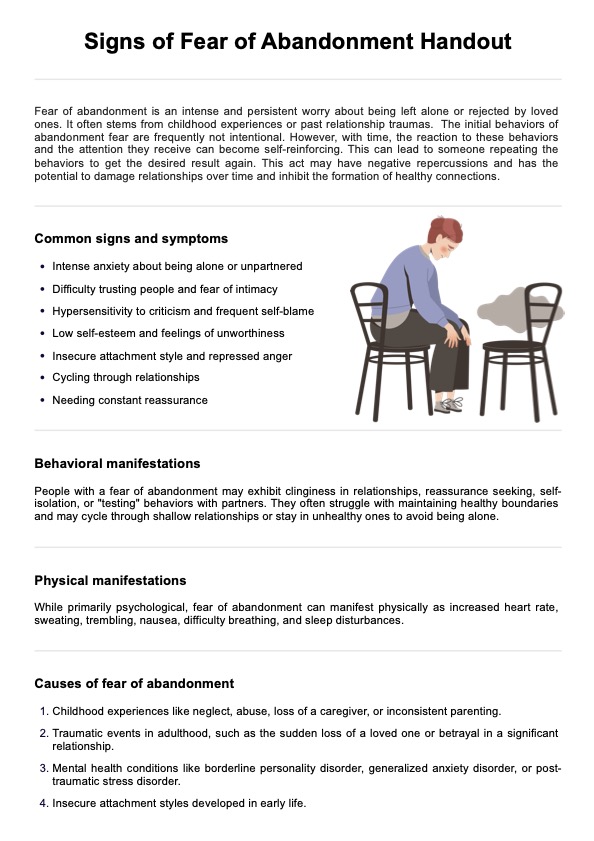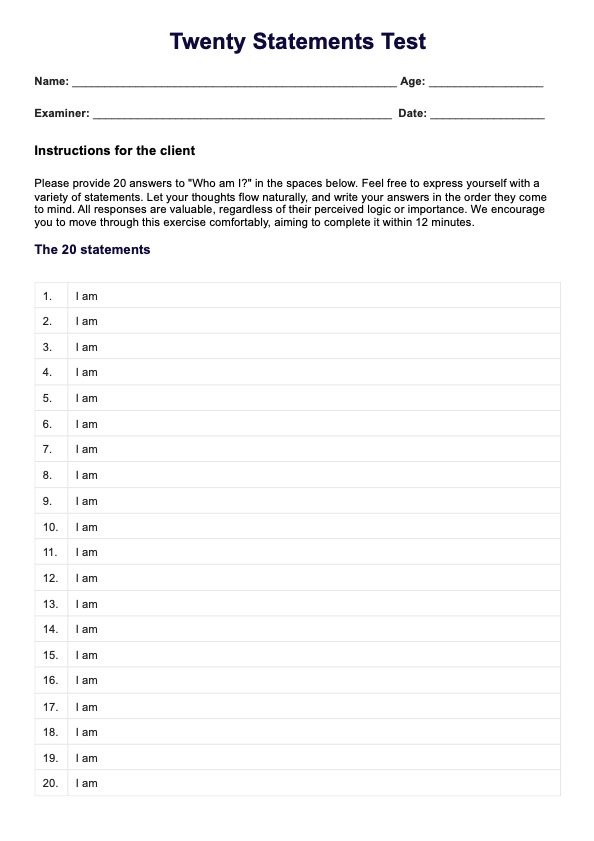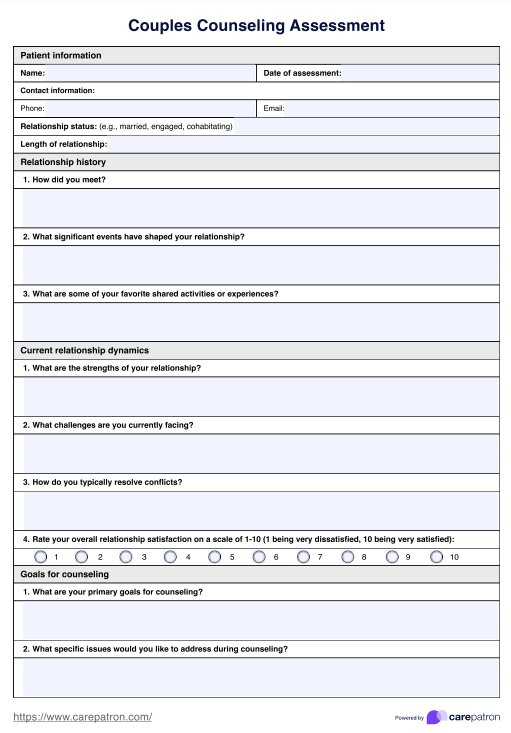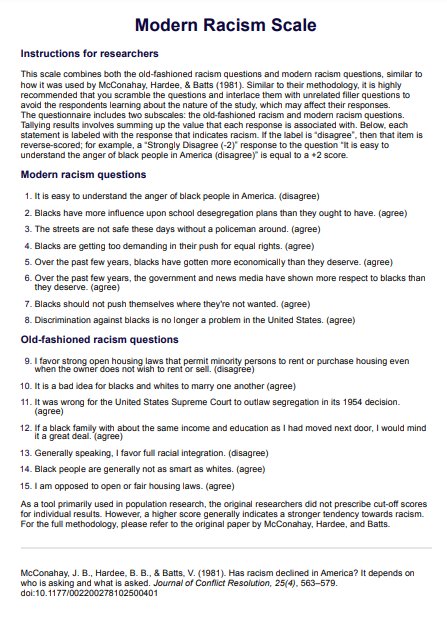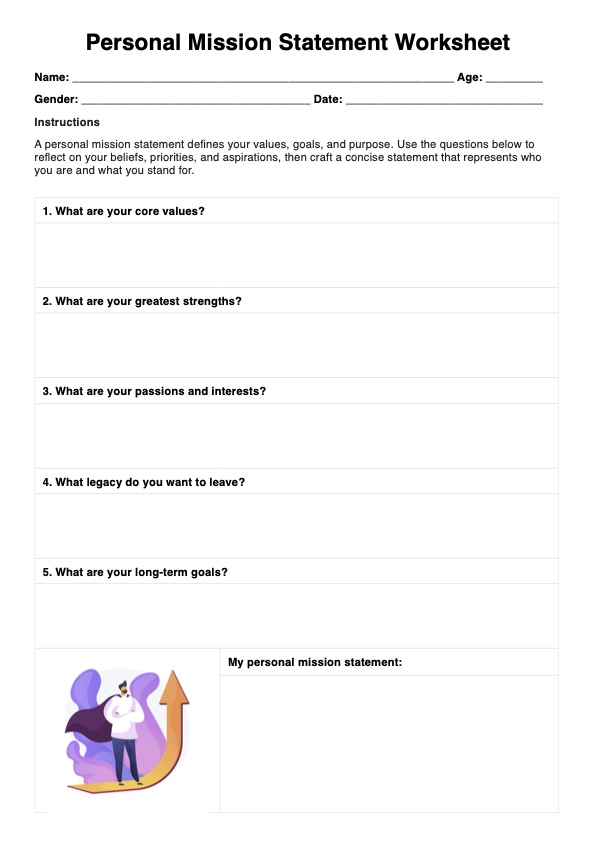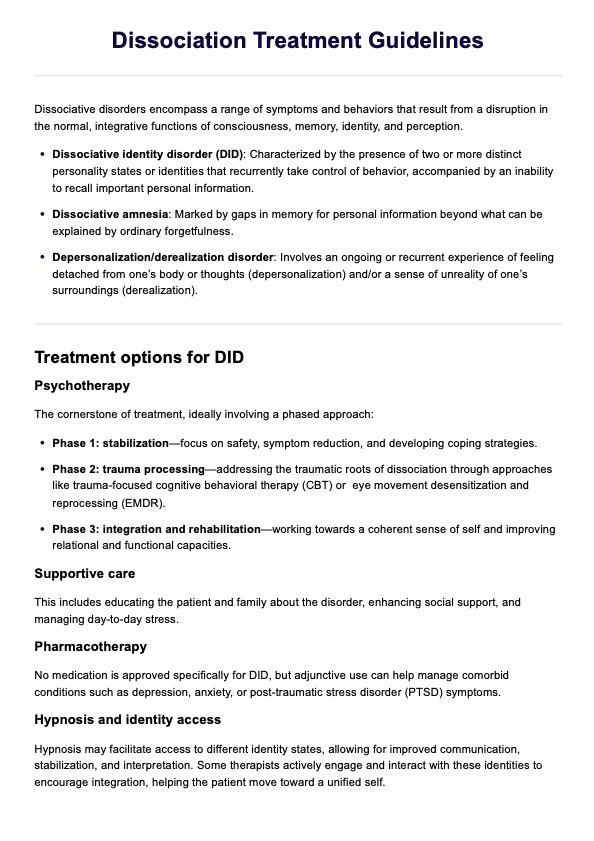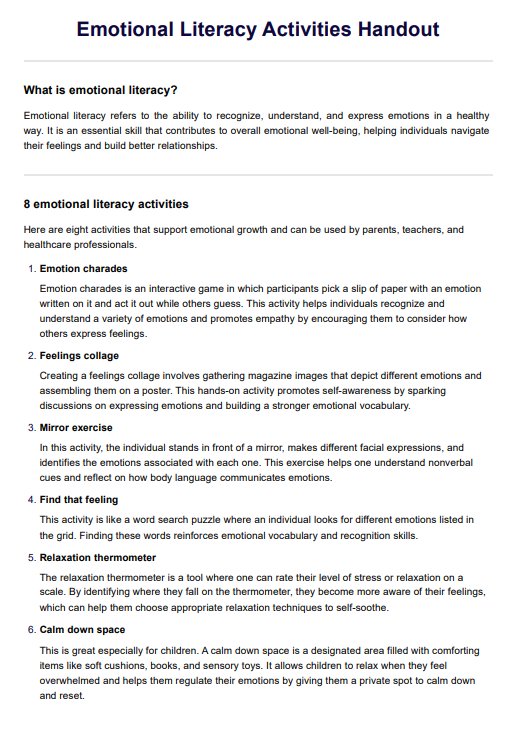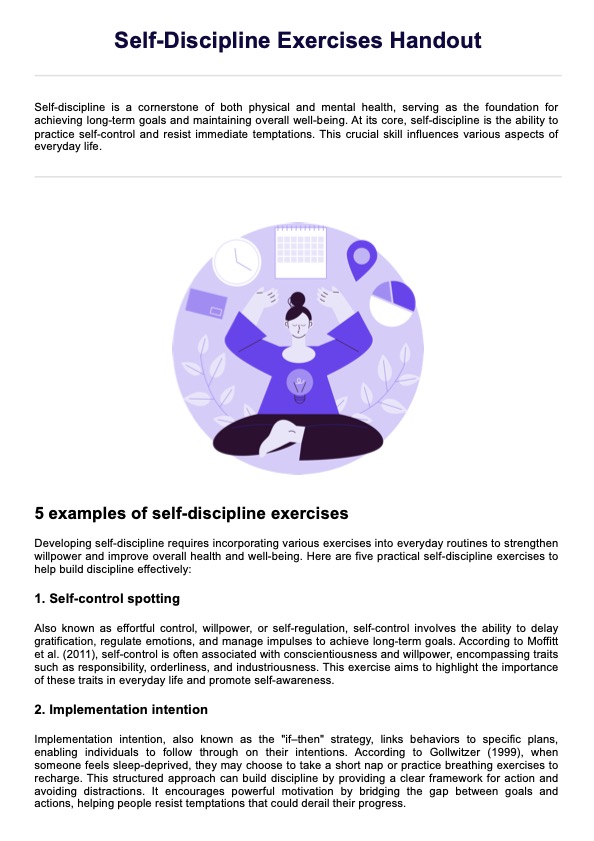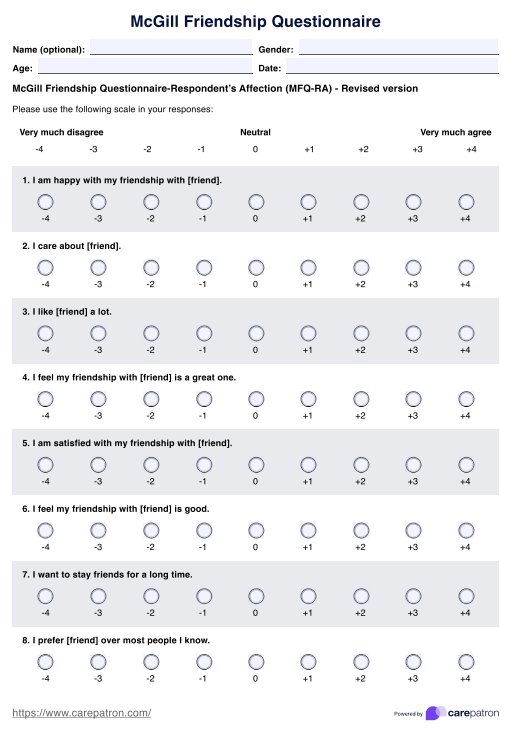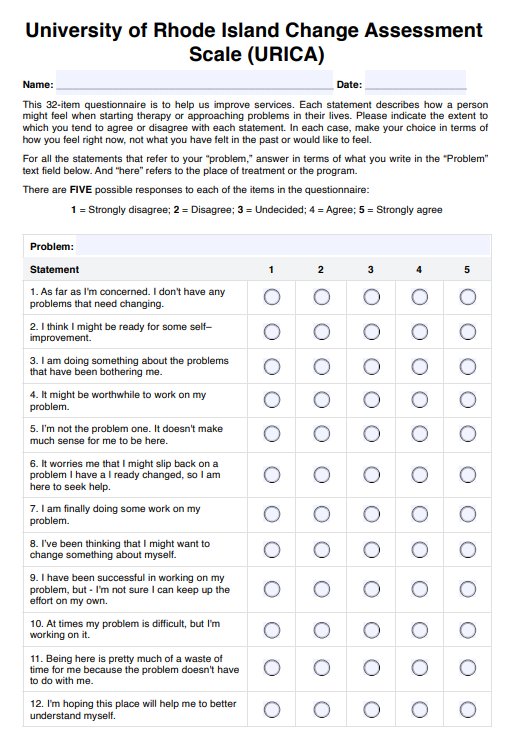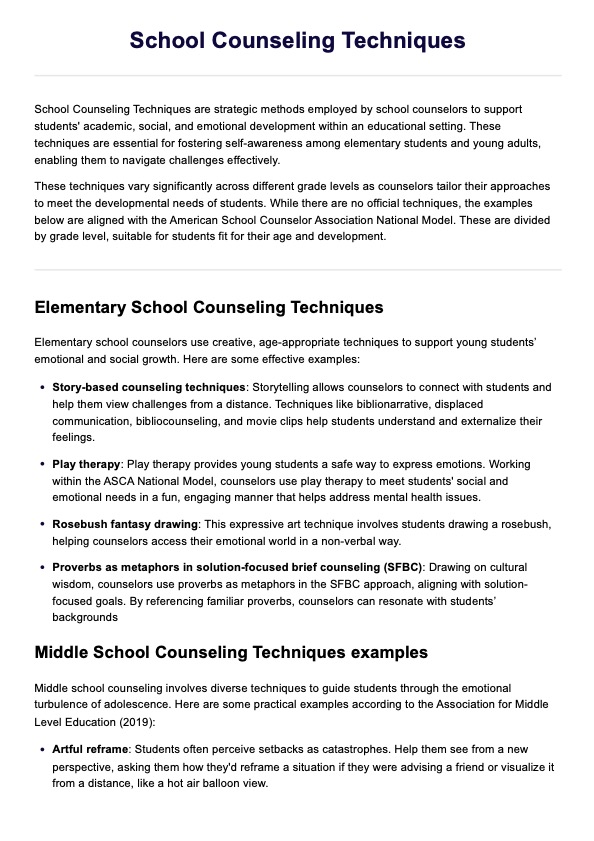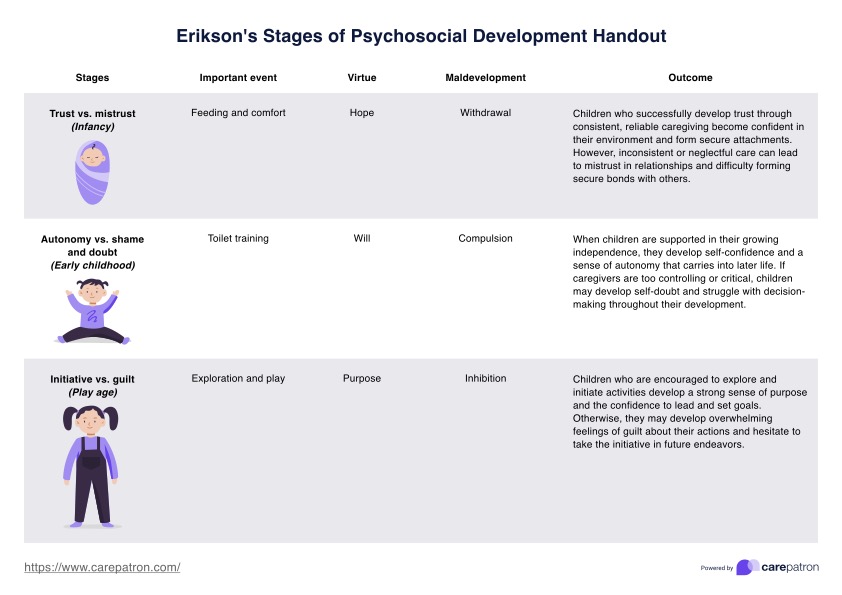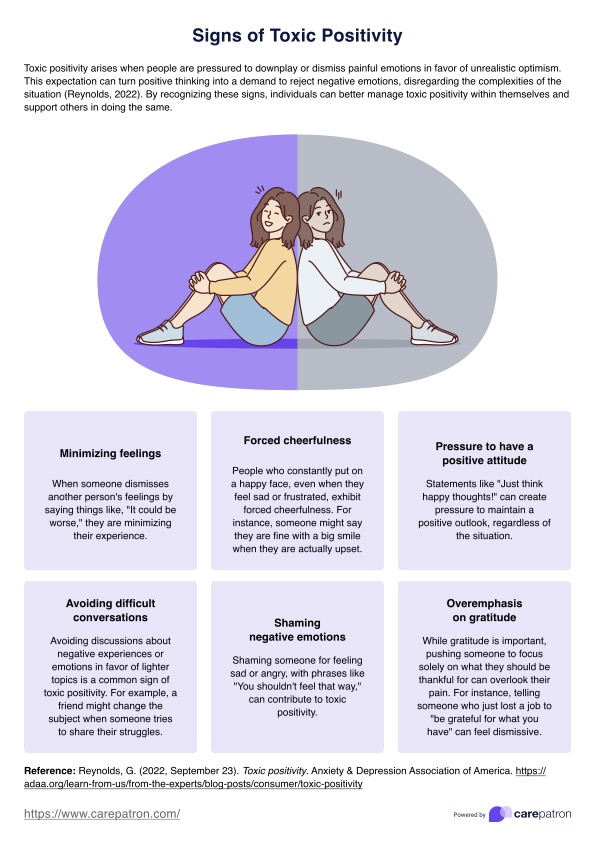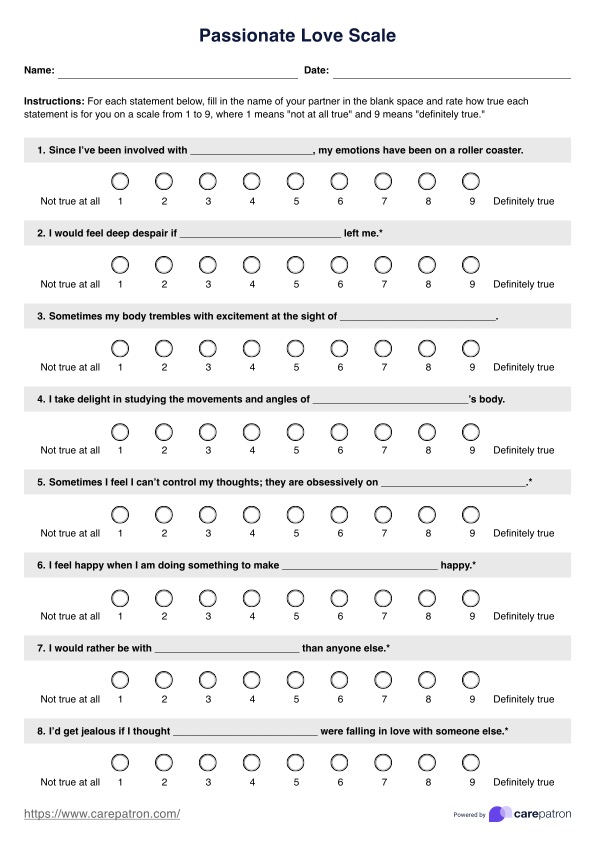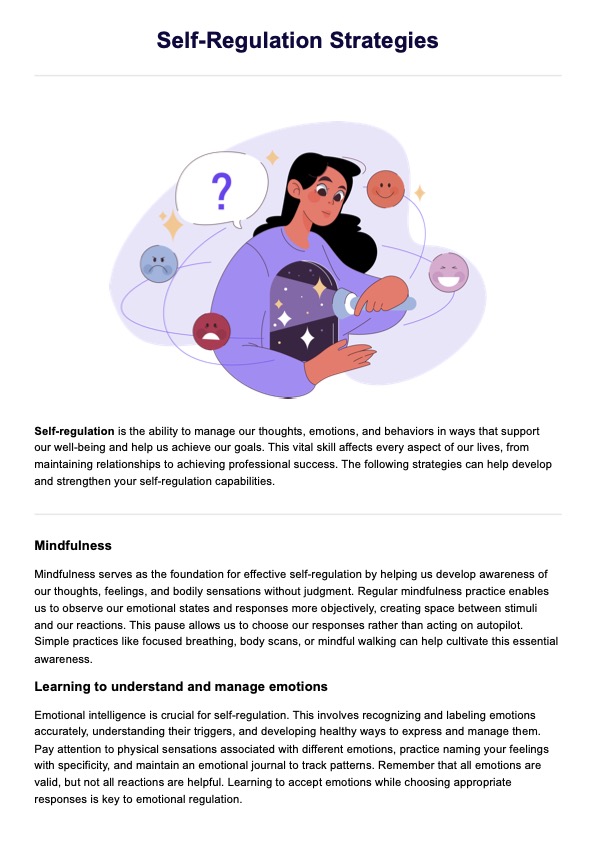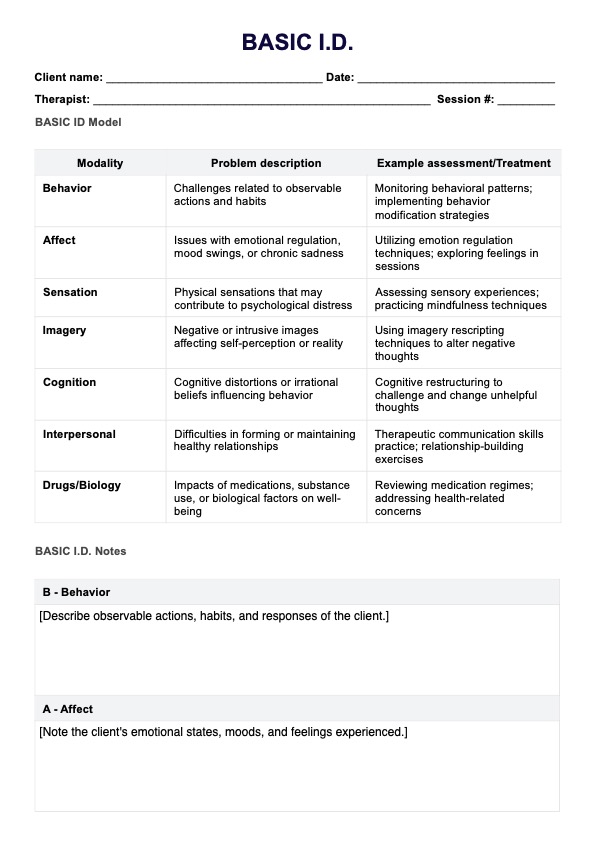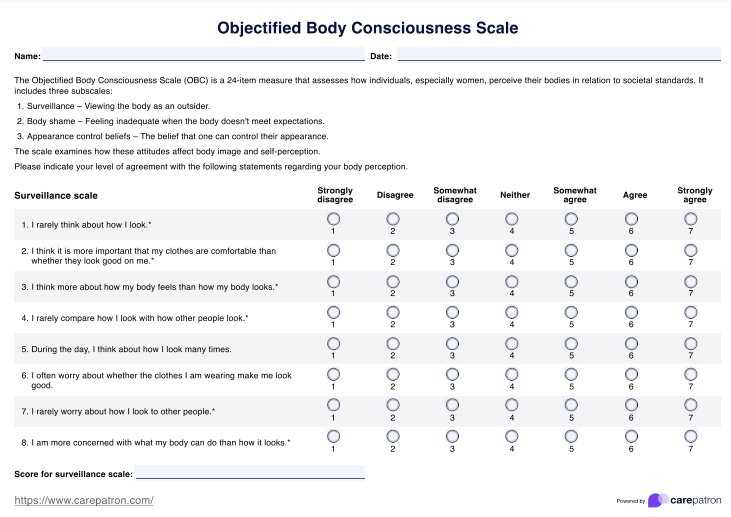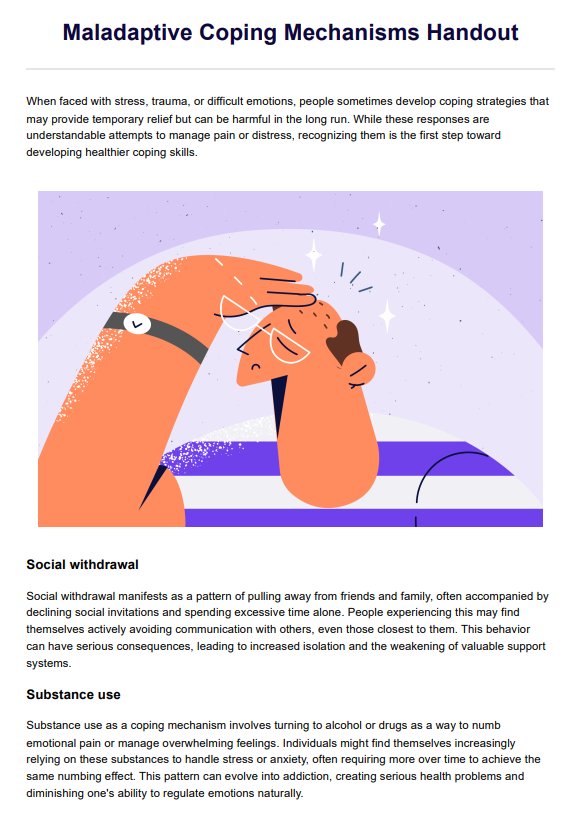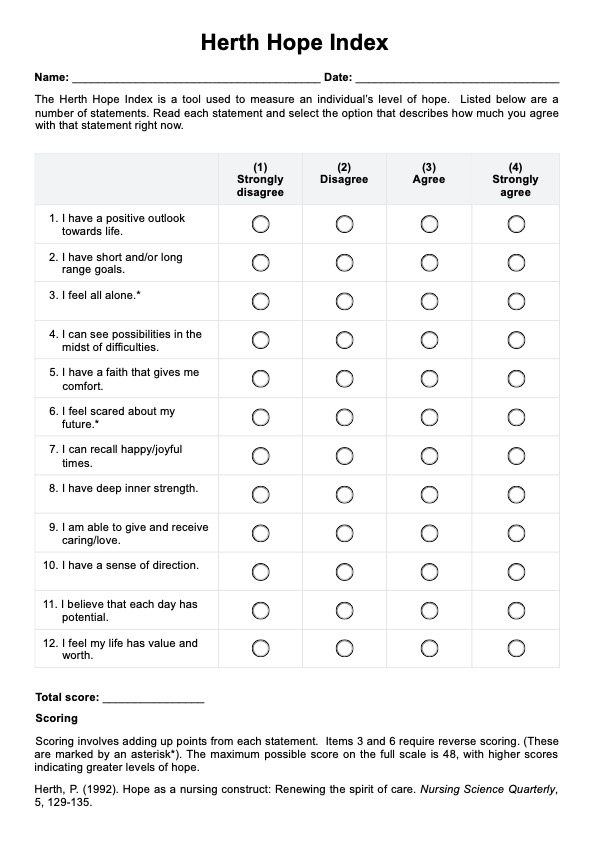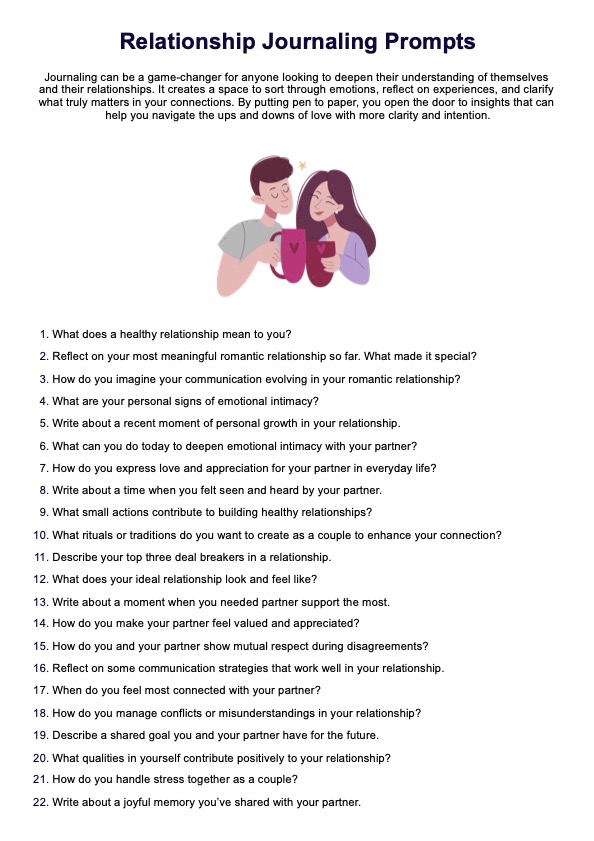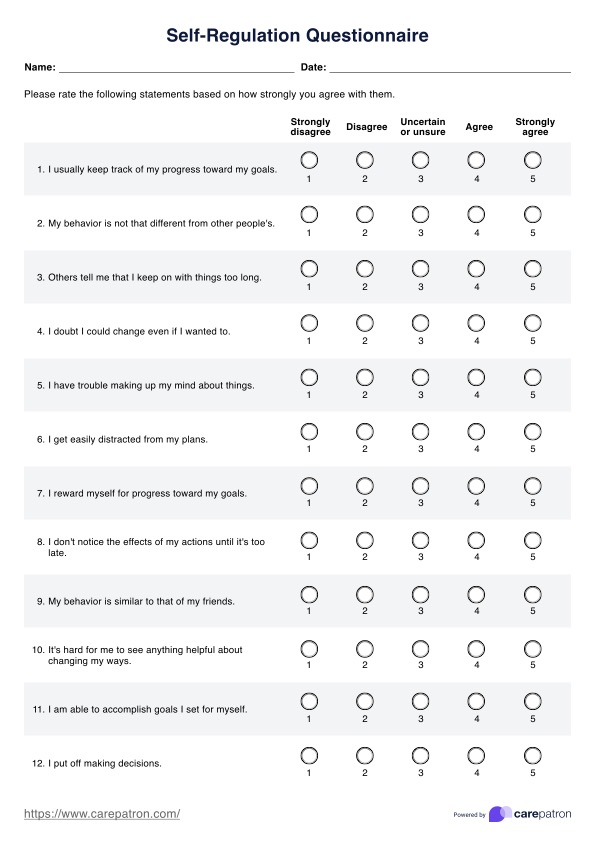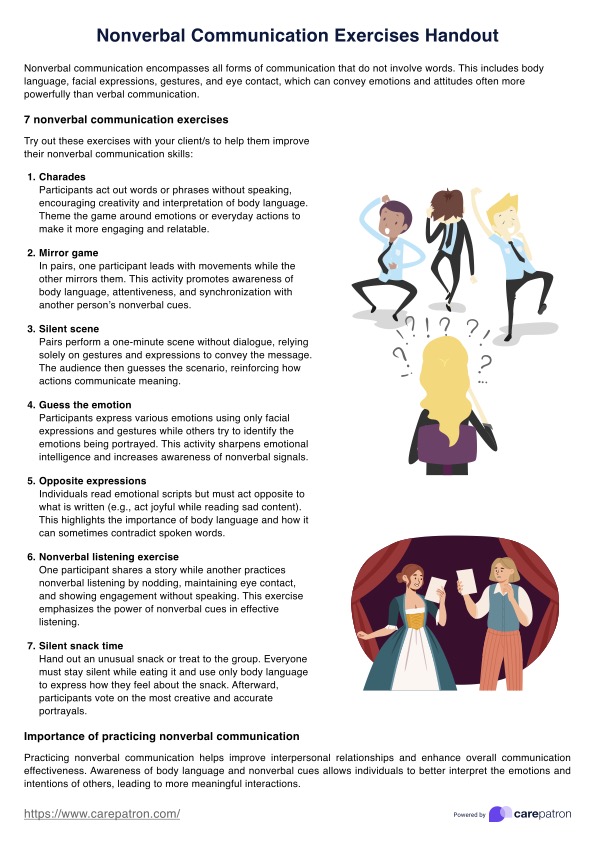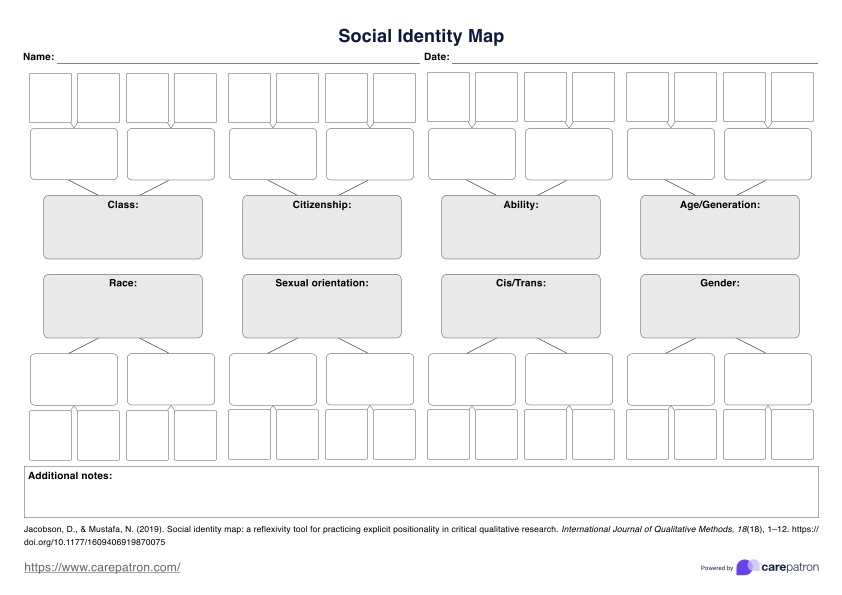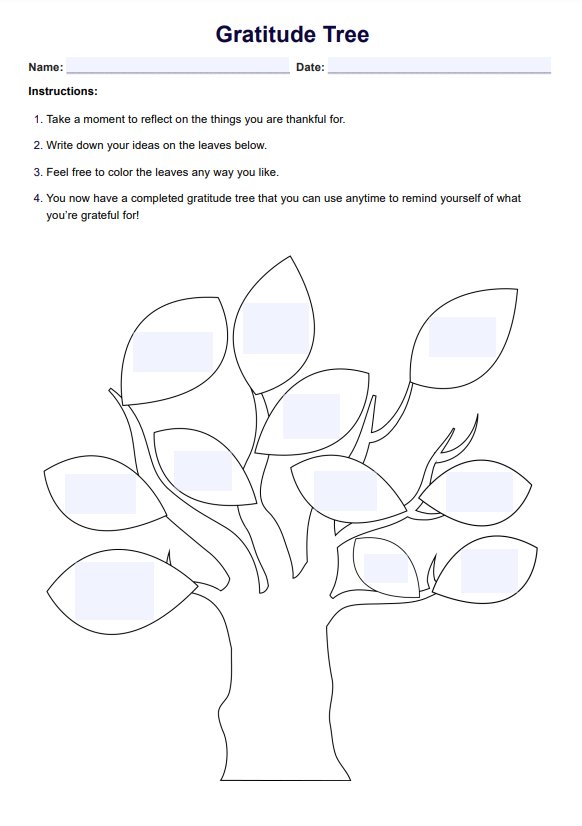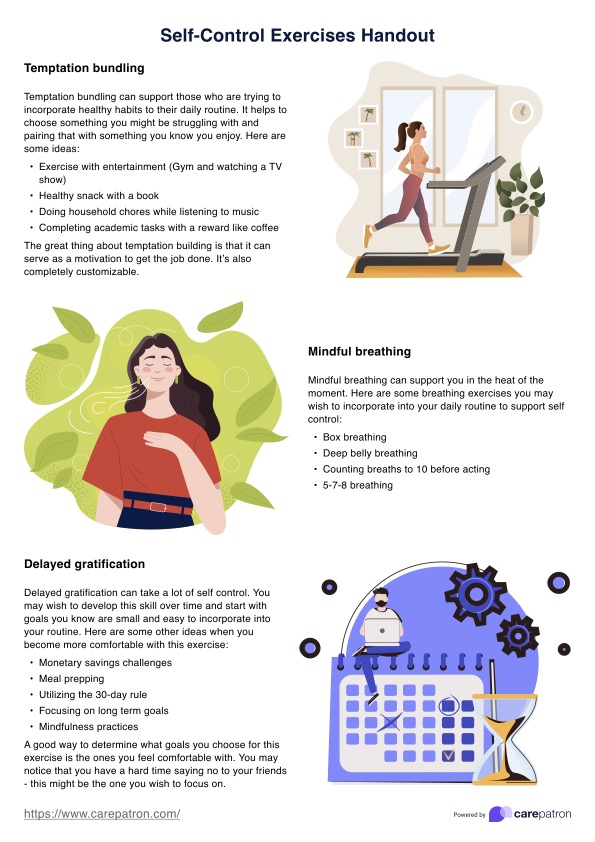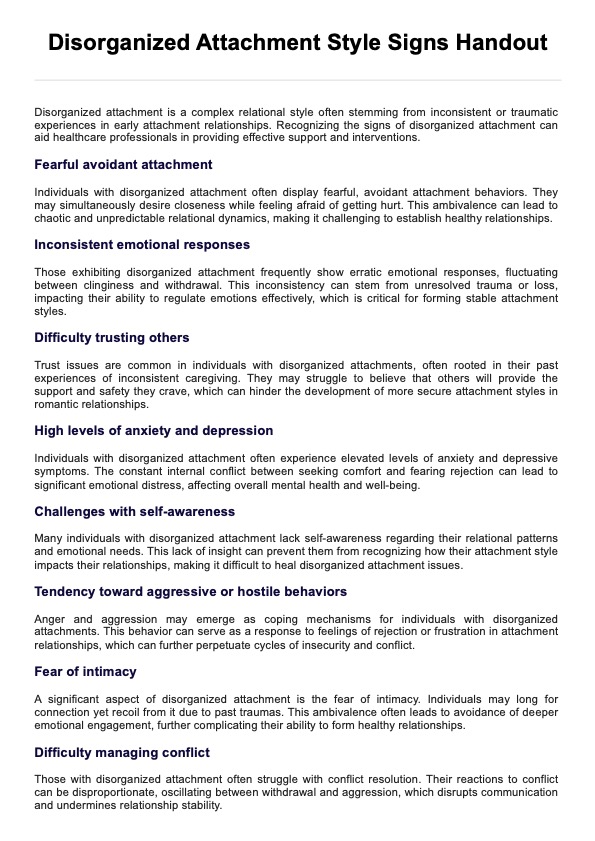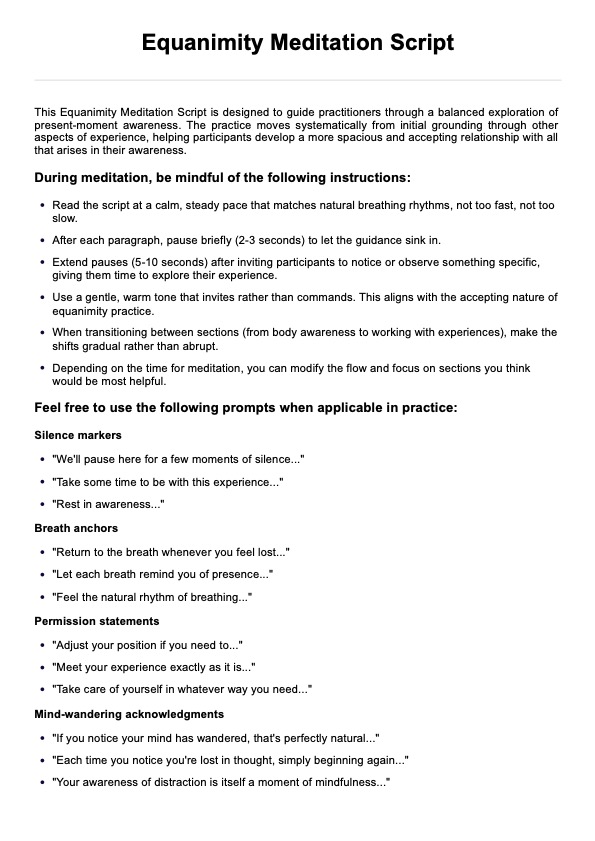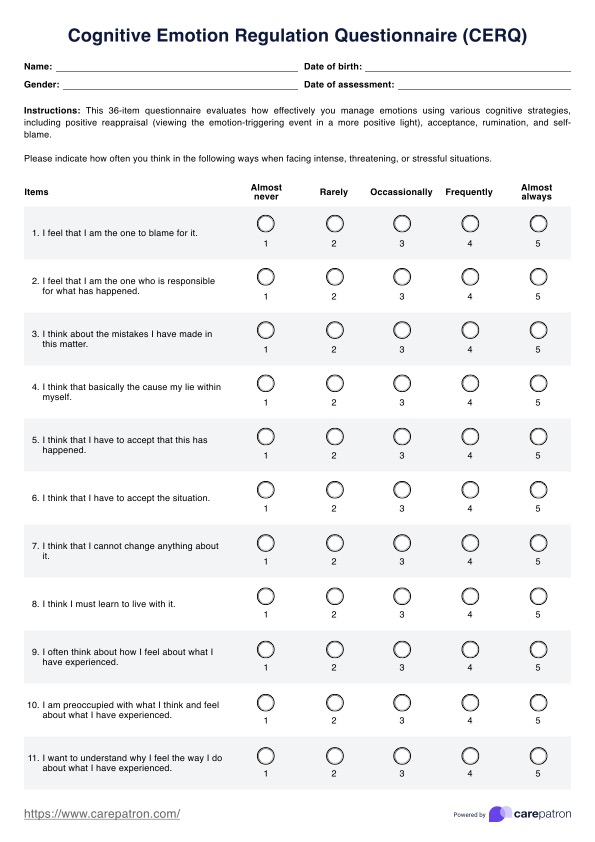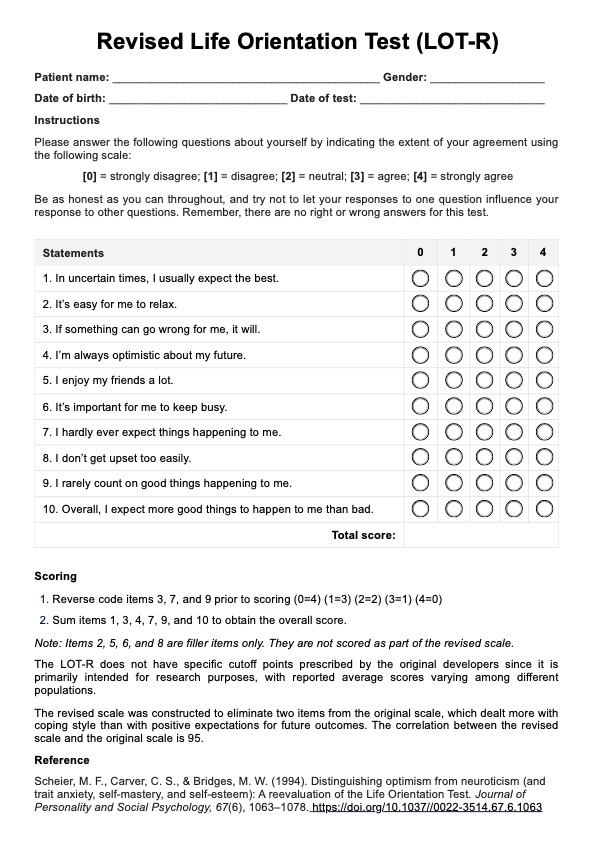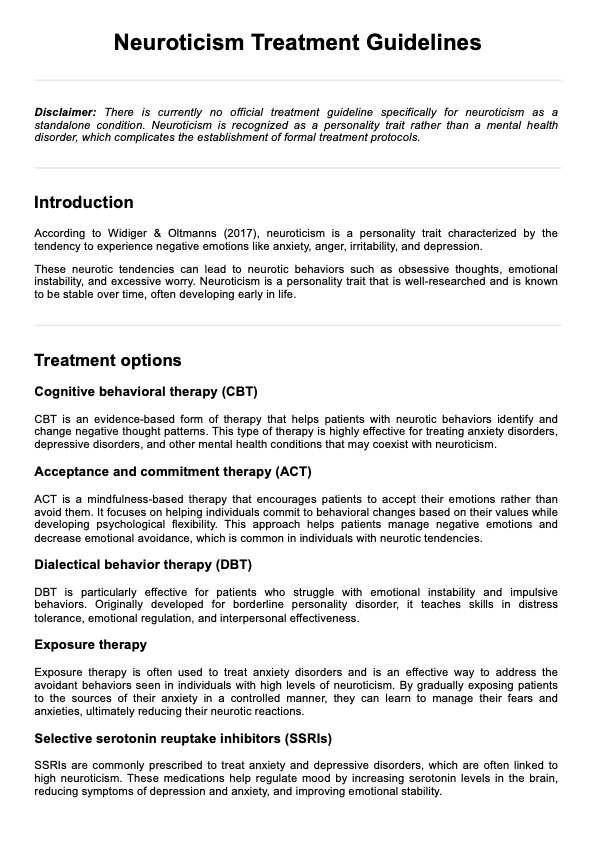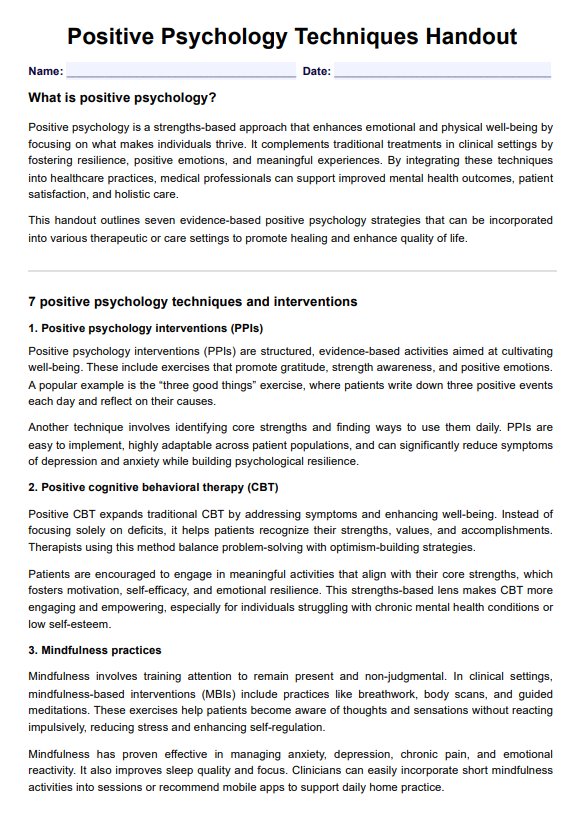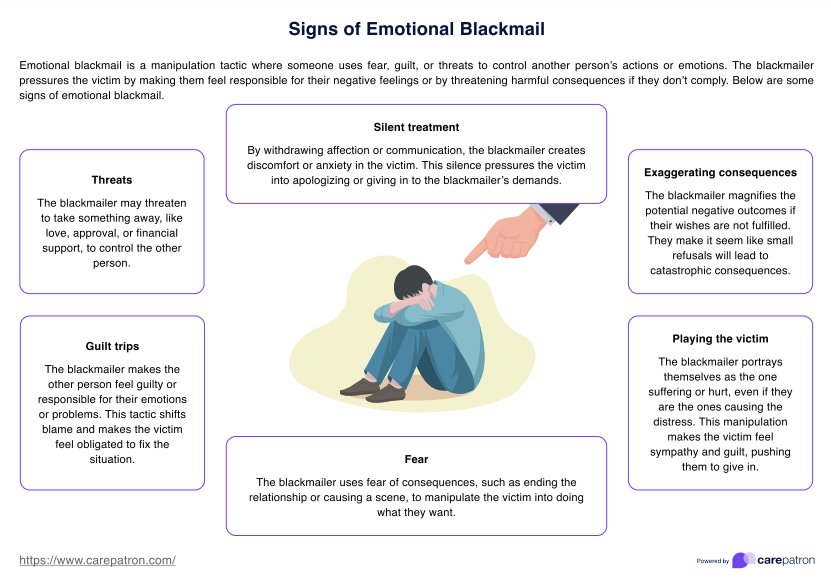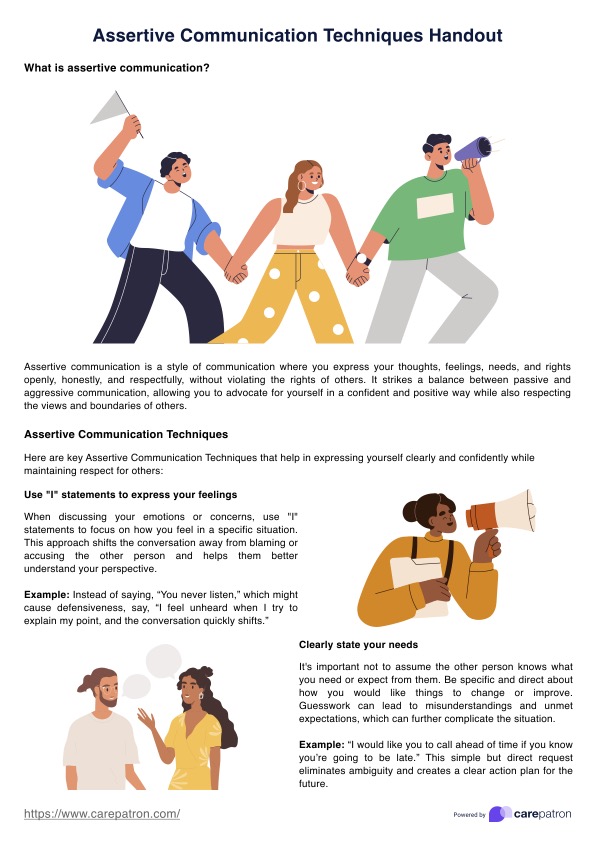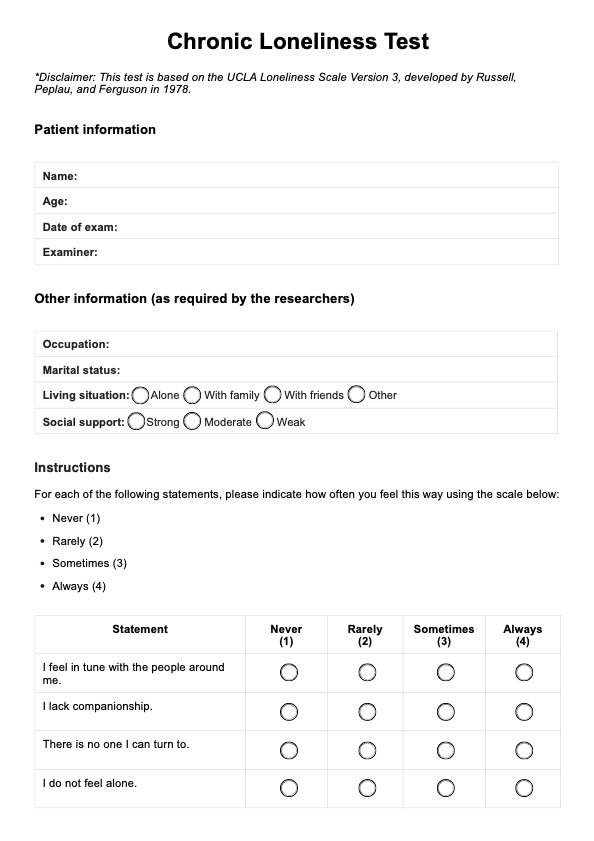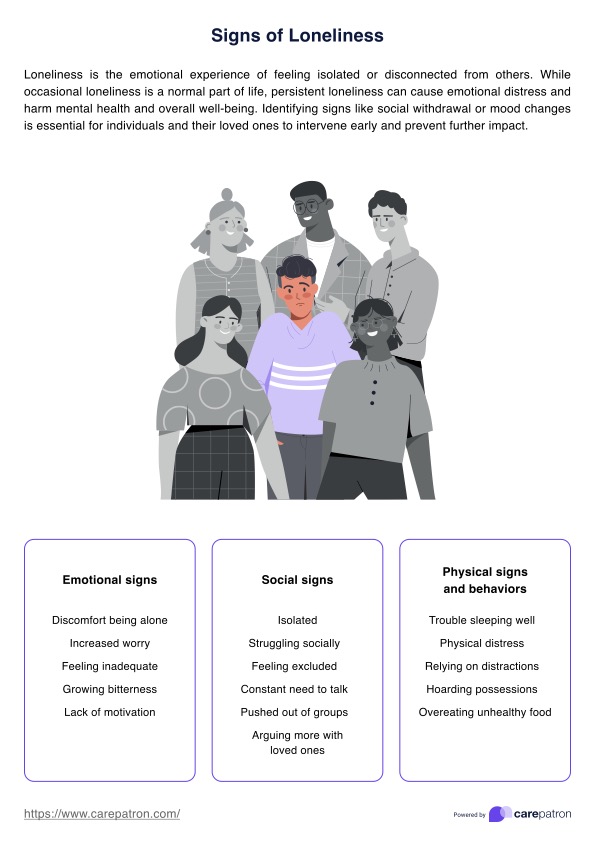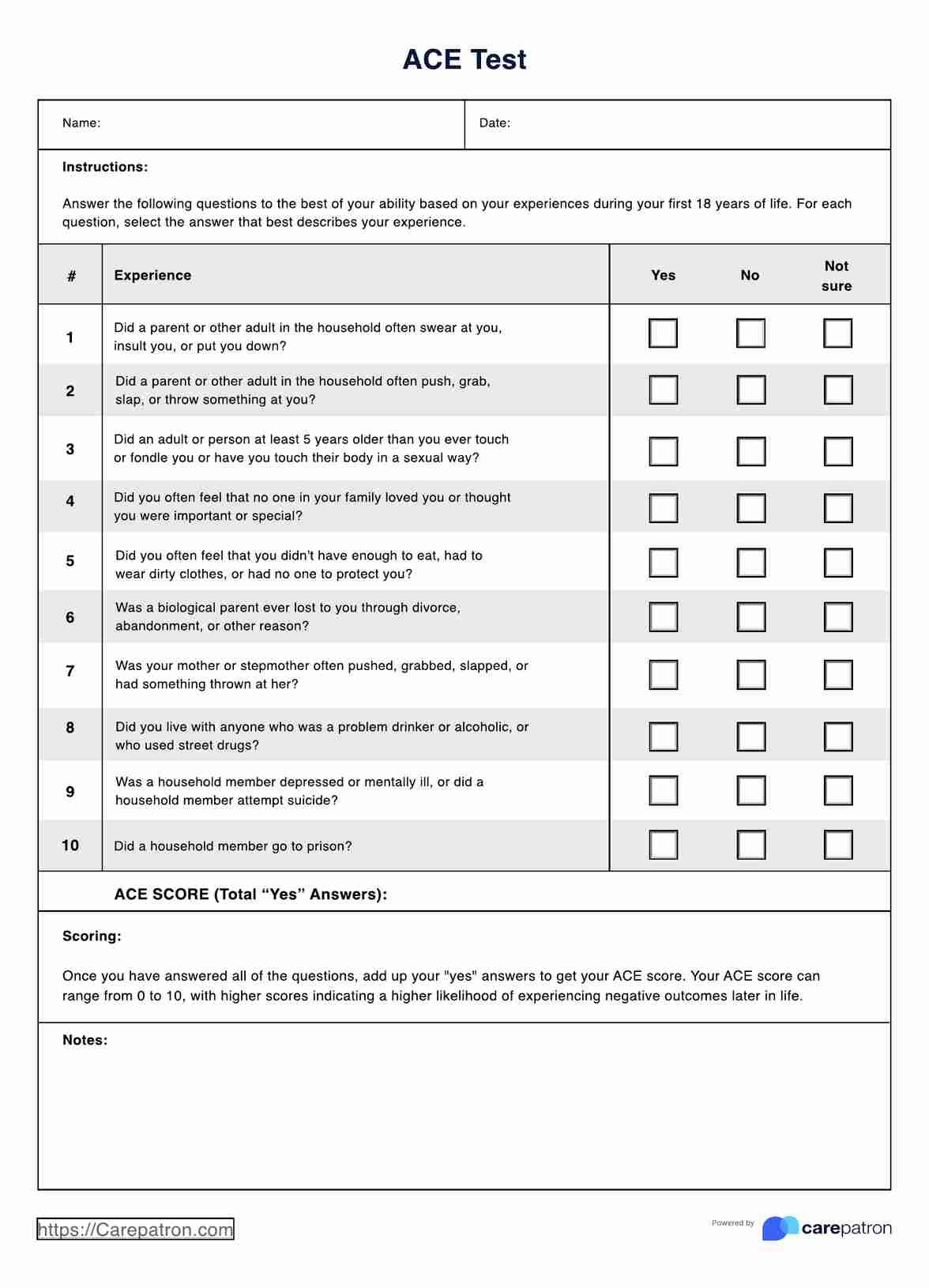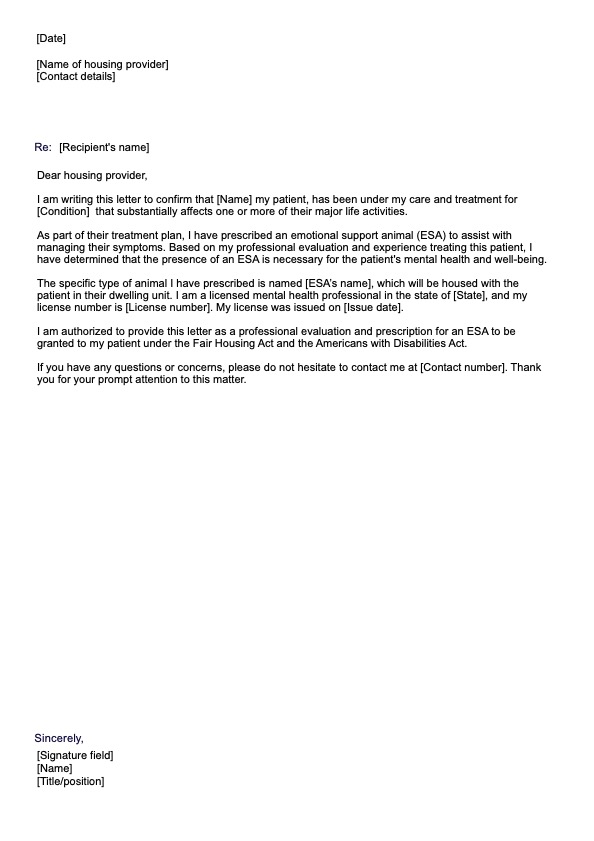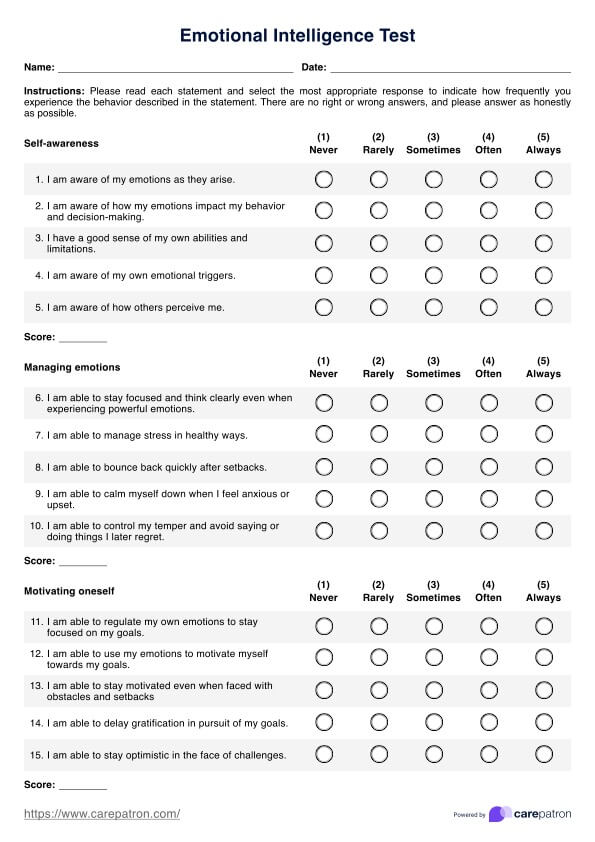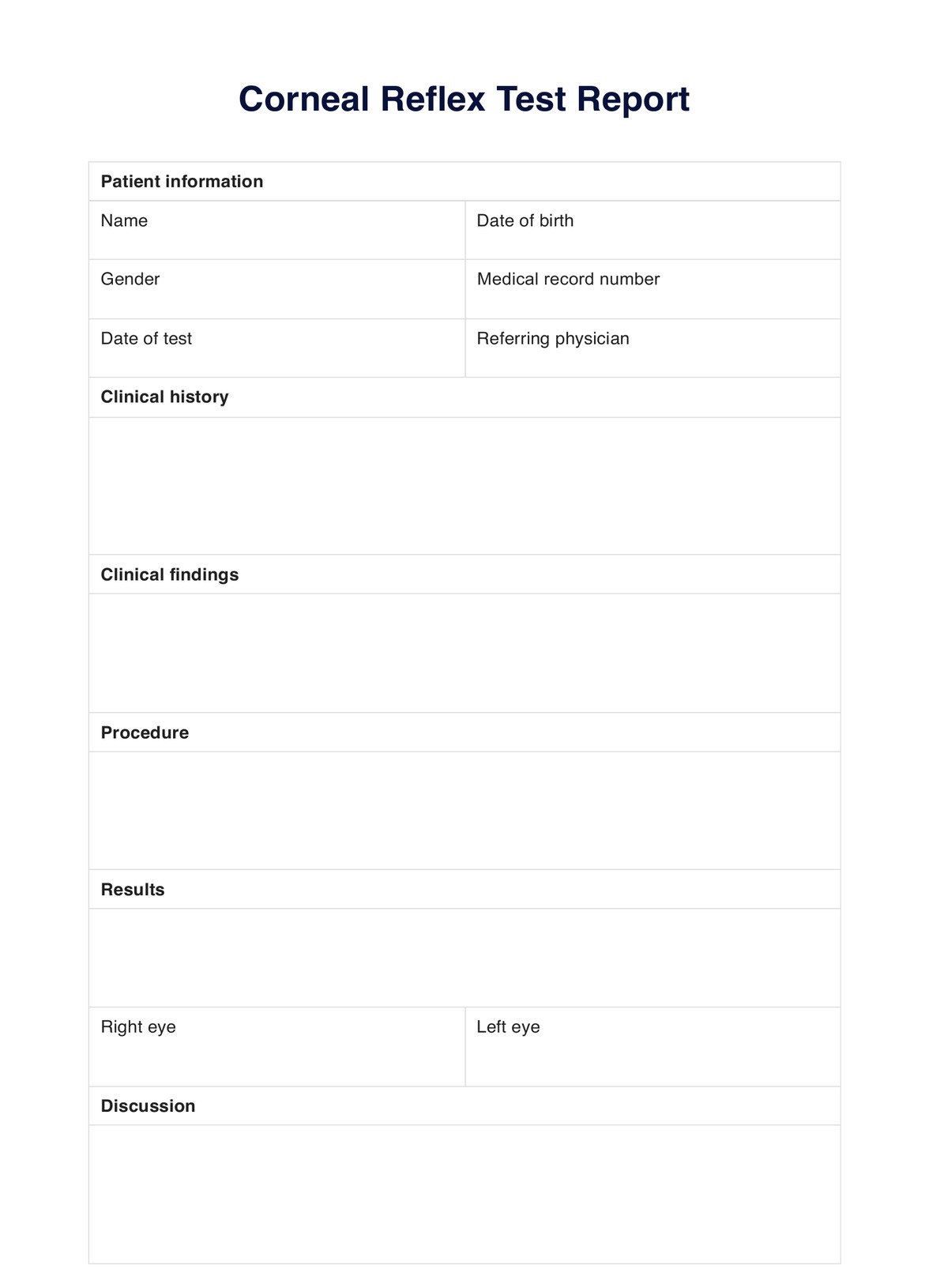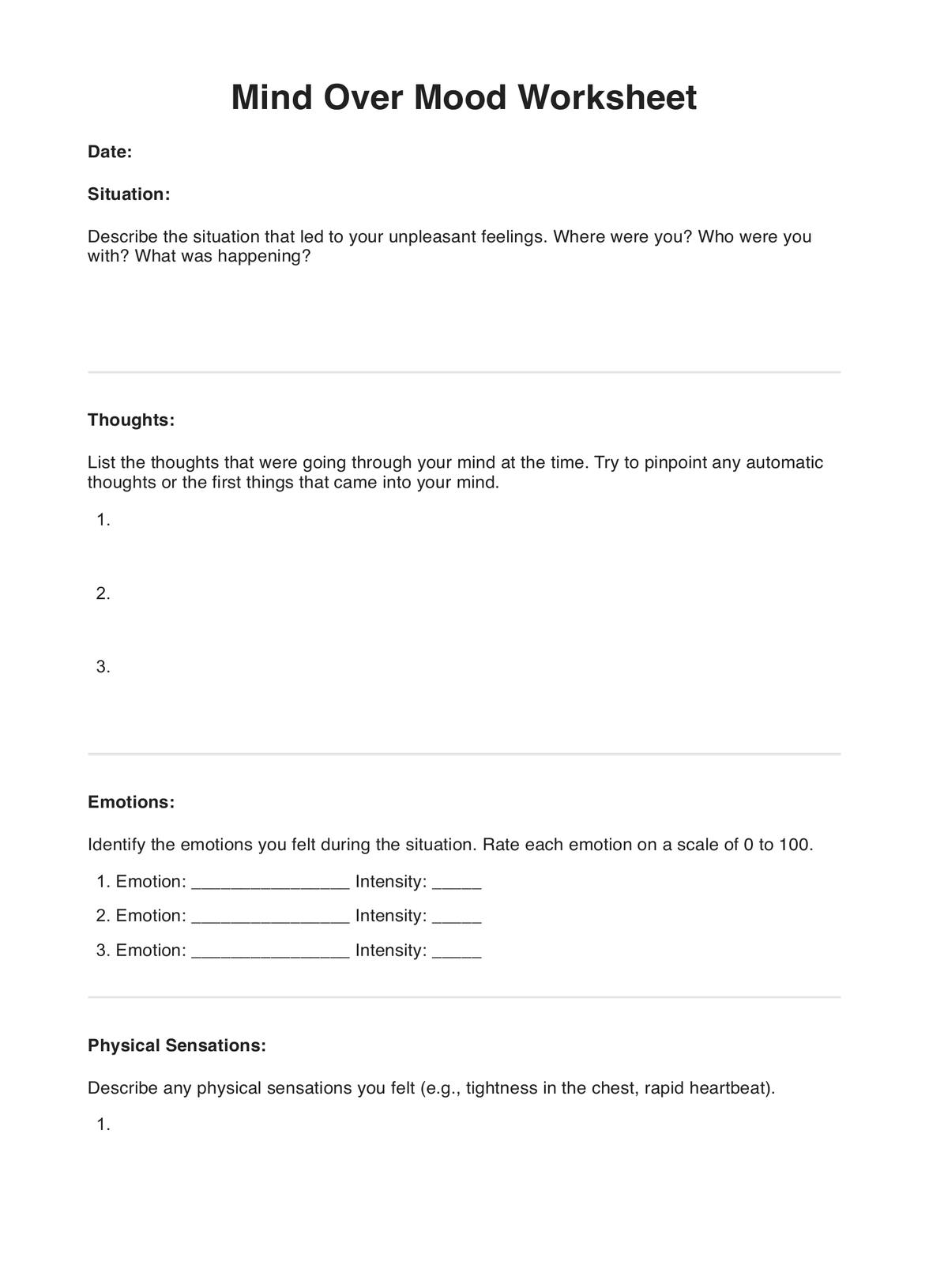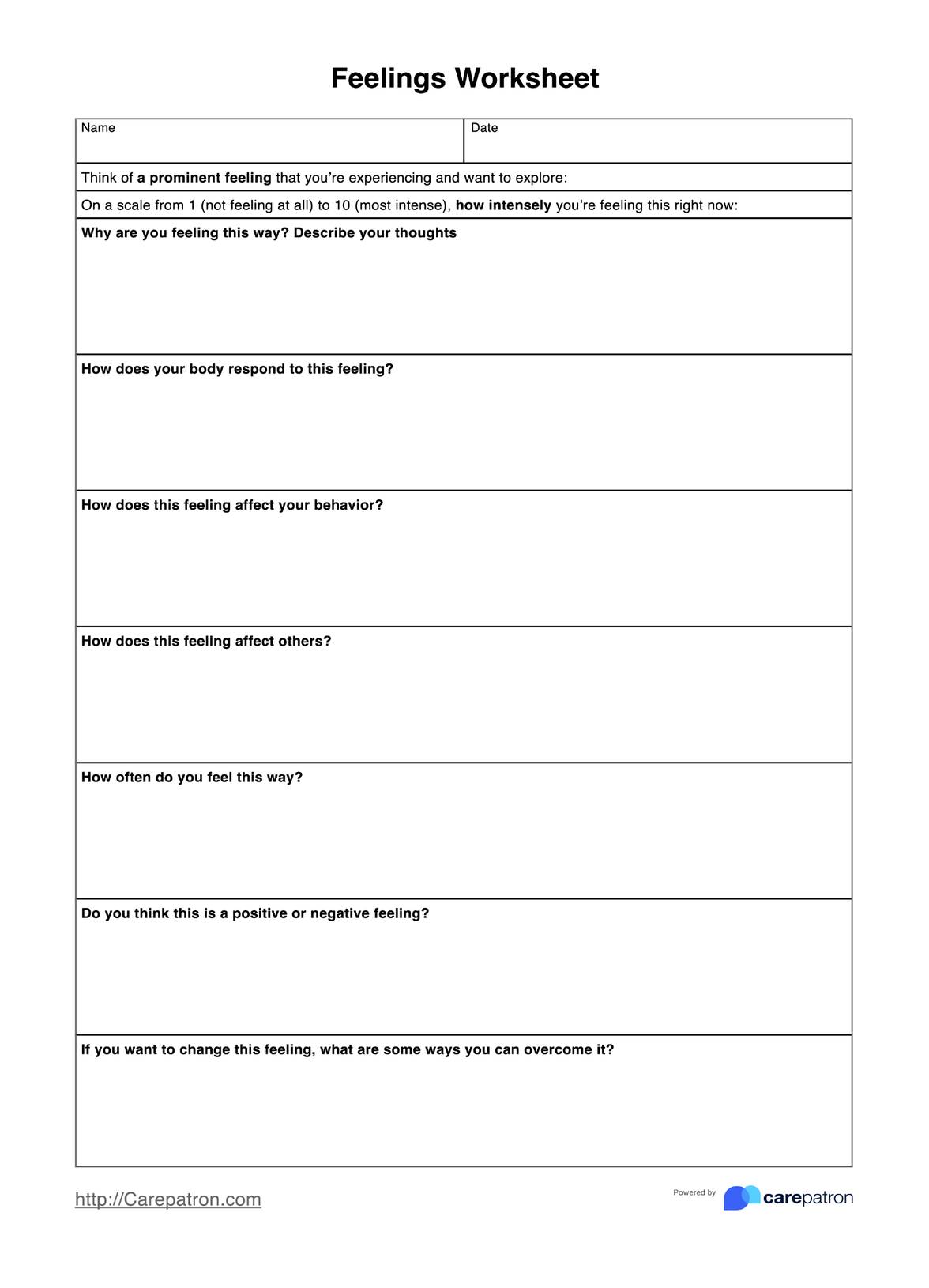Thought Journal
Provide clients with a copy of our Thought Journal template to boost their self-awareness and emotional resilience.


What is a Thought Journal?
A Thought Journal, also known as a thought diary or thought record, is a valuable tool used in psychotherapy and self-help to track, analyze, and manage thoughts, emotions, and behaviors. It particularly benefits individuals experiencing psychological symptoms such as anxiety, depression, or other mental health challenges. Individuals can gain insight into their patterns, identify triggers, and develop more effective coping strategies by regularly documenting and examining thoughts, feelings, and situations.
Maintaining a thought diary involves recording potential situations, automatic negative thoughts, feelings throughout the day, and any related physical sensations or behaviors. This practice encourages individuals to become more aware of their thought patterns and emotional responses, helping them recognize unhelpful or distorted thinking. Over time, users can learn to challenge and reframe these unhelpful thoughts with writing prompts, improving emotional well-being and resilience.
Thought diaries can be used with various therapeutic approaches, such as cognitive-behavioral therapy (CBT), which focuses on identifying and changing negative thought patterns and behaviors. A suitable journal can also be designed to address individual needs and preferences, ranging from traditional pen-and-paper journals to digital apps and templates.
Watch this explainer video better to understand the concept and benefits of thought diaries. It overviews the process and its potential impact on mental health.
Thought Journal Template
Thought Journal Example
How does our Thought Journal template work?
The Thought Journal template is designed as a structured tool to help clients identify unhelpful thinking patterns and develop healthier thought patterns. The following is a step-by-step guide on how practitioners can effectively implement this resource in their clinical work:
Step 1: Access the template
On this page, click "Download" to download a PDF copy of the Thoughts Journal template, and click "Use template" to open it within the Carepatron platform and edit it before giving a copy to clients.
Step 2: Situation and emotion identification
Begin by instructing clients to document specific situations that triggered distress, noting exactly what happened in the "Situation" section. Guide them to identify and rate their emotional responses on a scale of 1-10 to develop emotional awareness and recognition of intensity patterns or emotional distress.
Step 3: Analyze thoughts and recognize patterns
Encourage clients to record their automatic thoughts and identify common cognitive distortions by checking the relevant boxes (all-or-nothing thinking, catastrophizing, mind-reading, etc.).
Step 4: Evaluate evidence and shift perspective
Guide clients through examining evidence supporting and contradicting their automatic thoughts, then develop alternative perspectives.
Step 5: Action planning and reflection
Help clients translate insights into concrete action steps and self-compassion practices. The final reflection section prompts identifying thought patterns, triggers, and areas for future work, creating continuity between sessions and reinforcing progress.
When would you use this template?
A Thought Journal template is used in various situations to promote self-awareness of one's thoughts and feelings. Here are some circumstances and periods different practitioners and individuals might find most beneficial:
During therapy sessions
Mental health professionals, such as therapists, counselors, and psychologists, can introduce Thought Journals during therapy sessions to help clients identify and challenge negative thought patterns and emotions. This tool is particularly useful when working with clients experiencing anxiety, depression, or stress, as it facilitates cognitive restructuring and promotes healthier coping strategies.
After stressful events
Educators, coaches, and individuals seeking personal growth can use the journal to process and reflect on their thoughts and emotions following stressful events or challenging situations. This practice can help individuals better understand their reactions, recognize triggers, and develop more effective coping mechanisms for future occurrences.
For professional use with clients
Encouraging clients to integrate journaling into their daily routines can boost their self-awareness and emotional resilience. Regular documentation and analysis of negative and positive thoughts, emotions, and behaviors let clients monitor their progress, recognize patterns, and make essential changes for better mental health and overall wellness.
During personal or professional transitions
Life coaches, career coaches, and executive coaches can utilize Thought Journals to support clients experiencing personal or professional transitions, such as job changes, relationship shifts, or significant life events. By guiding clients through reflecting on their thoughts and emotions during these transitional periods, coaches can help clients uncover limiting beliefs, set goals, and develop strategies for overcoming obstacles.
Benefits of using a Thought Journal
Using this Thought Journal has the following benefits in your clinical practice:
Enhanced self-awareness
Using a free Thought Journal template can help individuals develop a deeper understanding of their thoughts, emotions, and behaviors, leading to increased self-awareness and personal growth.
Improved emotional regulation
Regularly documenting and reflecting on one's experiences in a Thought Journal can help identify triggers and patterns, resulting in better emotional regulation and coping strategies.
Customizable to individual needs
The templates are flexible and customizable, designed to cater to each user's unique needs and preferences. This adaptability enables a personalized approach to journaling and self-reflection, thereby heightening its relevance and engagement on a personal level.
Useful for professionals and individuals alike
Mental health professionals, educators, coaches, and individuals seeking personal growth can use a Thought Journal template, making it a valuable resource for a wide range of situations and purposes.
Commonly asked questions
Individuals and mental health professionals use a Thought Journal to enhance mental health, self-awareness, and emotional well-being. It aids in identifying and analyzing thoughts, emotions, and behaviors. It benefits personal growth, self-reflection, stress management, anxiety, and other mental health issues.
A Thought Journal, used whenever needed, aids in documenting and reflecting on thoughts, emotions, and behaviors. Establishing a routine promotes consistent self-reflection and personal growth. It's also beneficial for insight and developing coping strategies during heightened stress, strong emotions, or challenging situations.
A Thought Journal, often template-guided, involves recording thoughts, emotions, and behaviors, identifying emotional triggers, and noting reaction intensity. It aids in understanding the thought-emotion-behavior interplay and developing healthier patterns. It can be used independently or with a mental health professional's guidance.


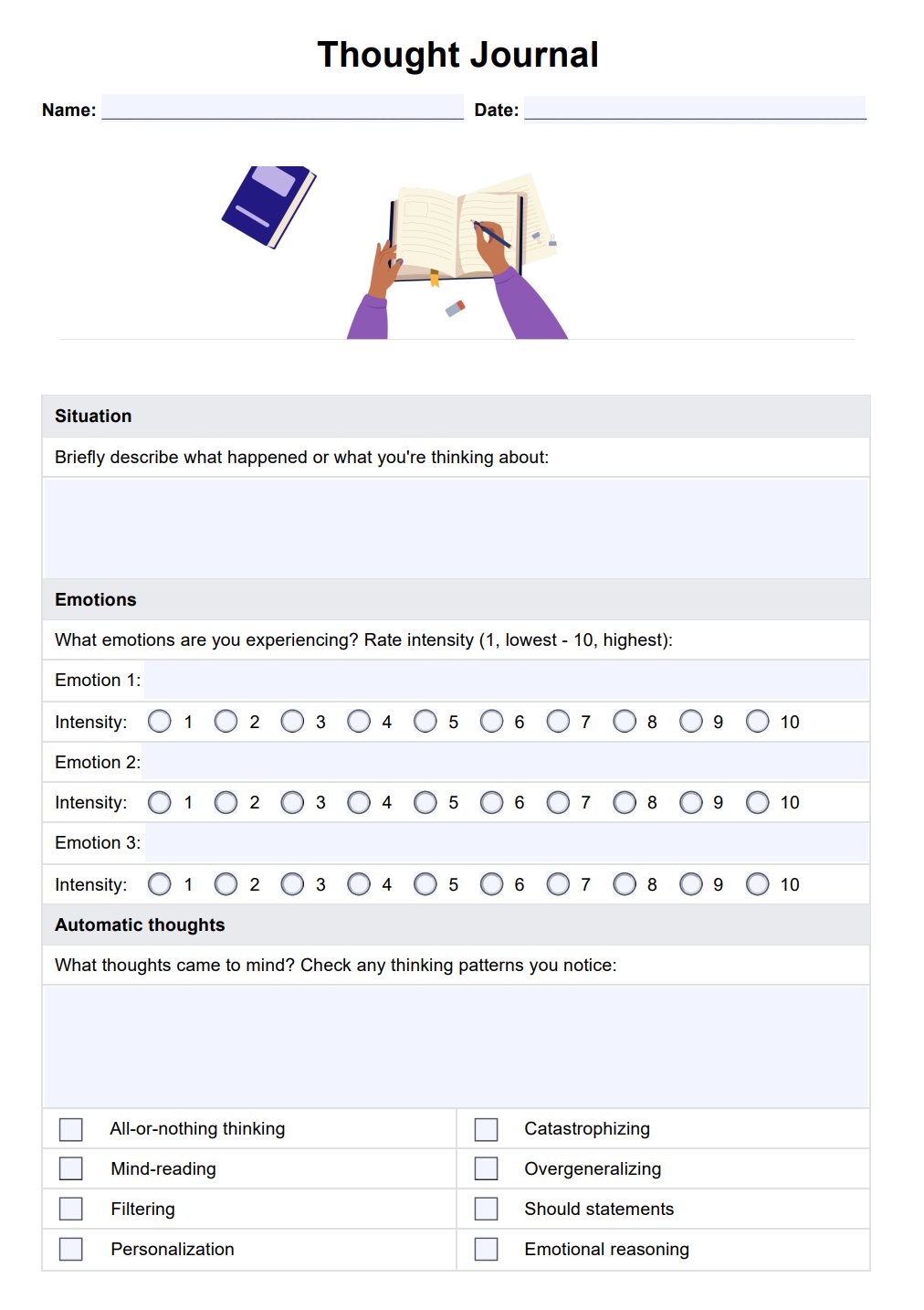


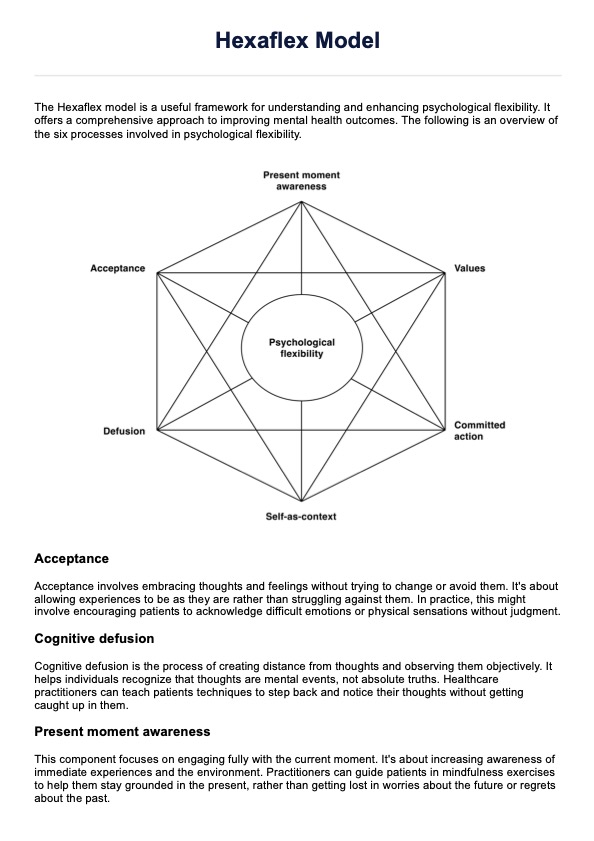
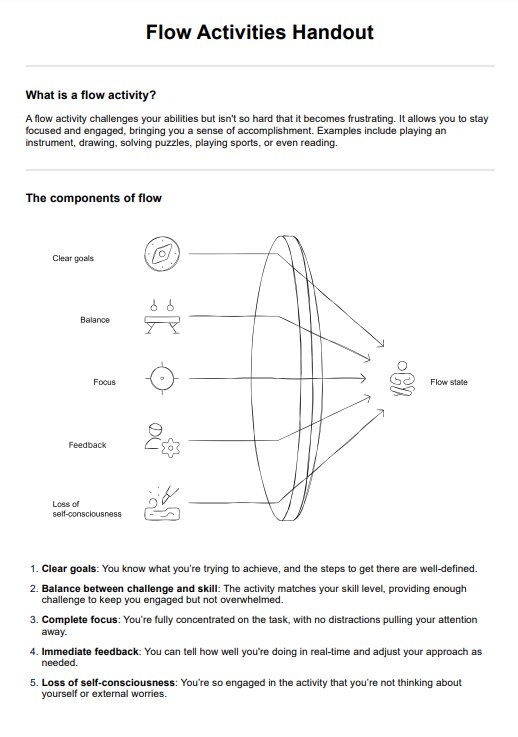
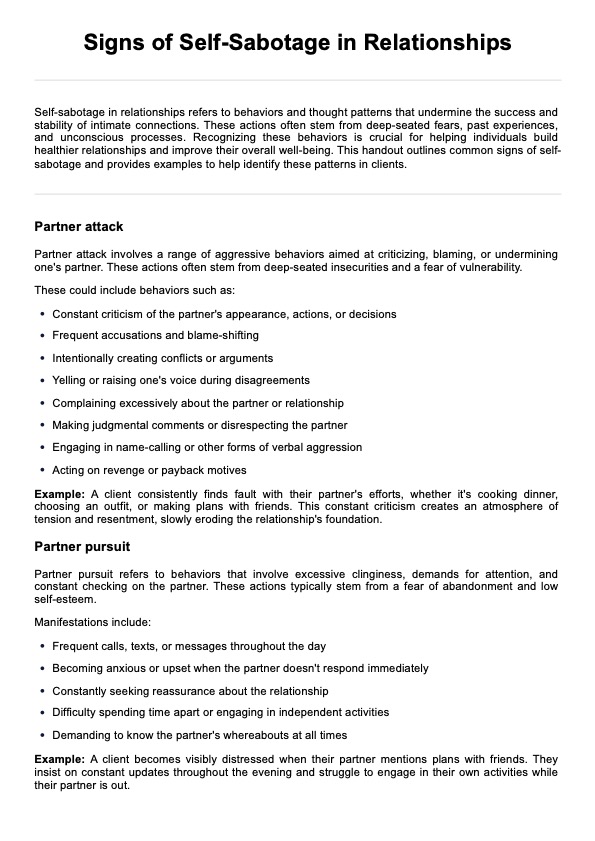
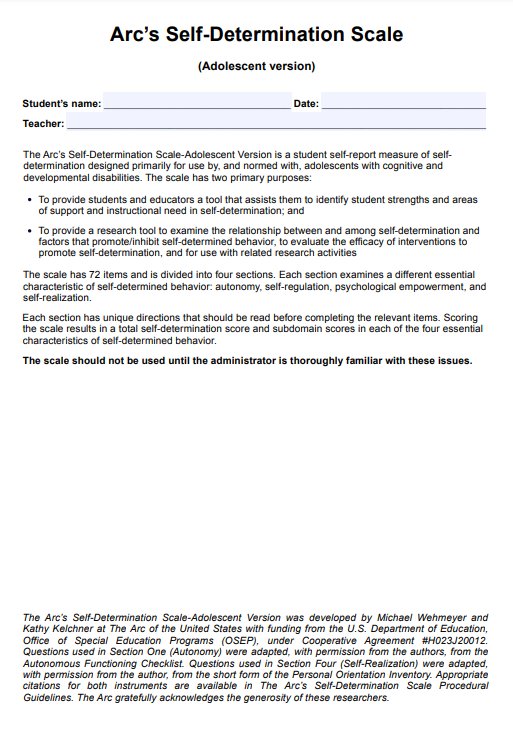
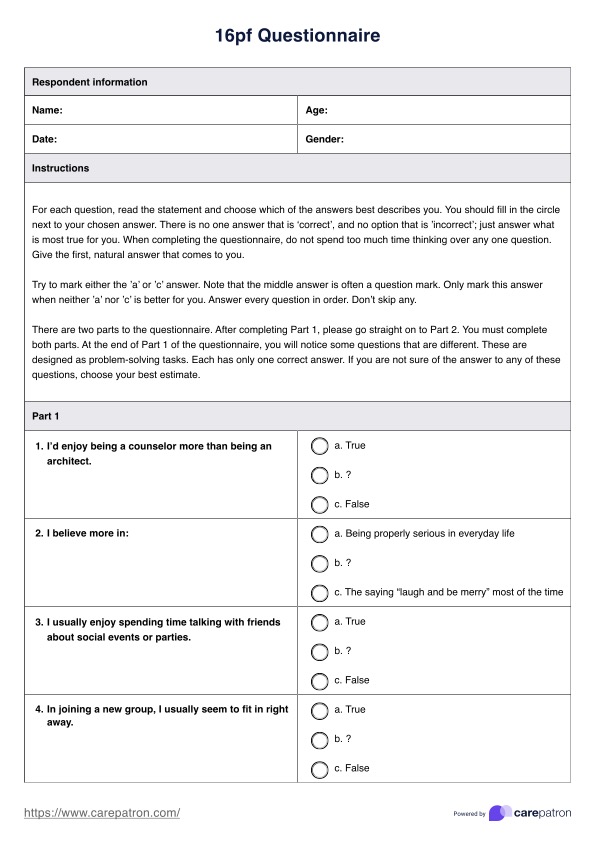

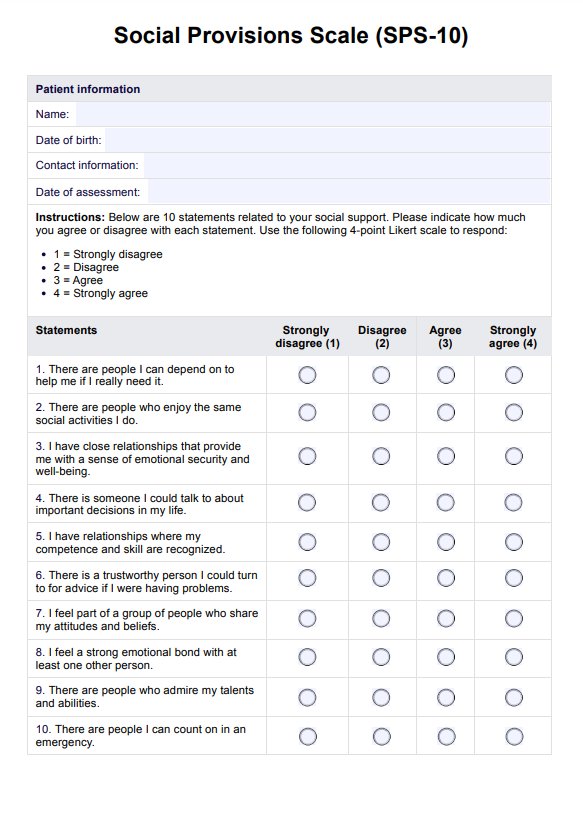


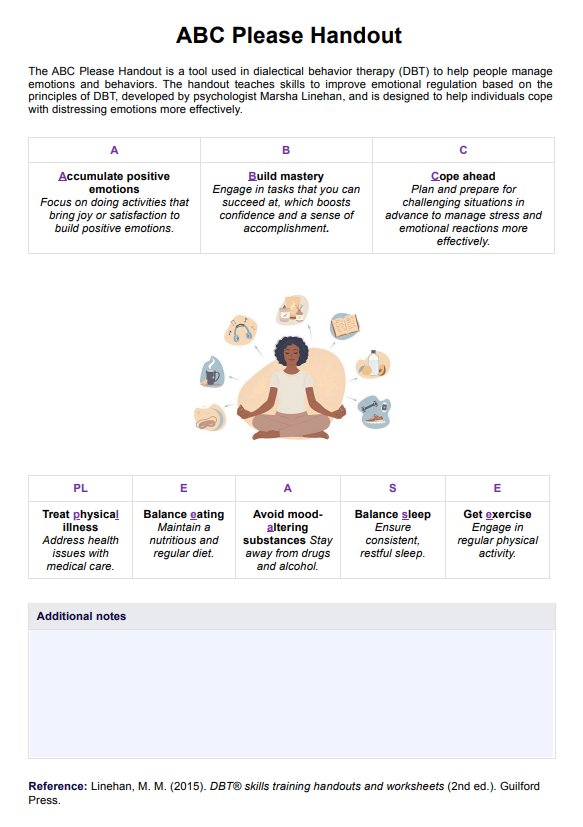
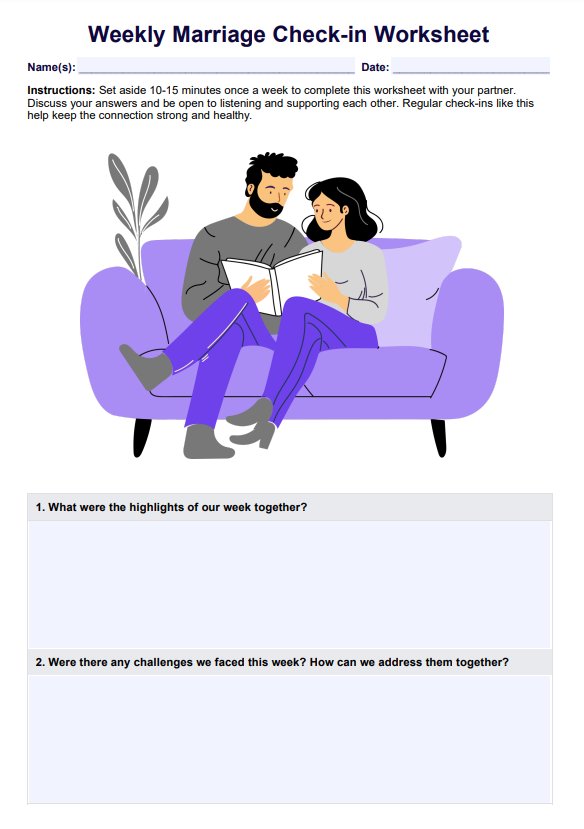
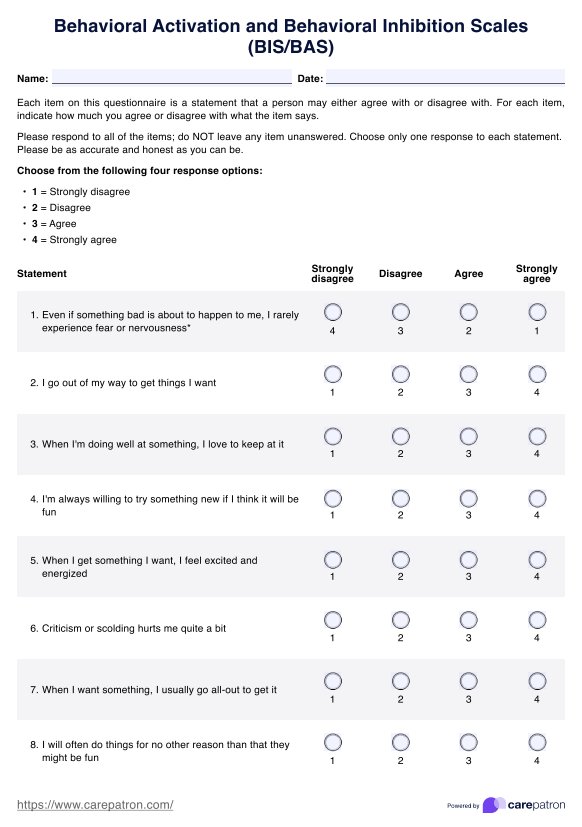
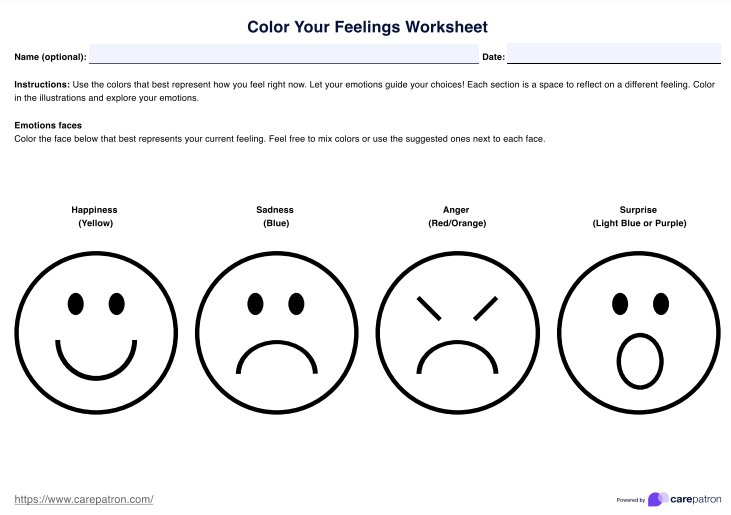
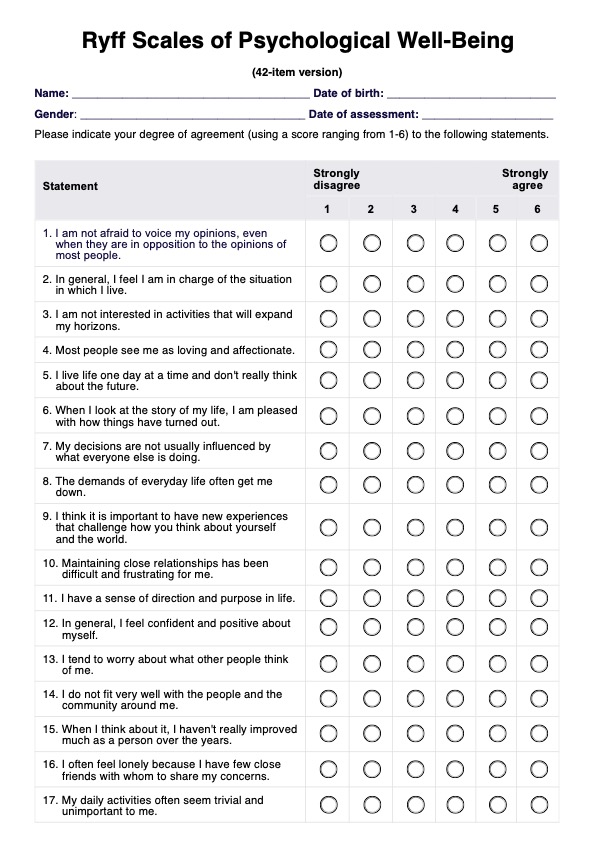
-template.jpg)
